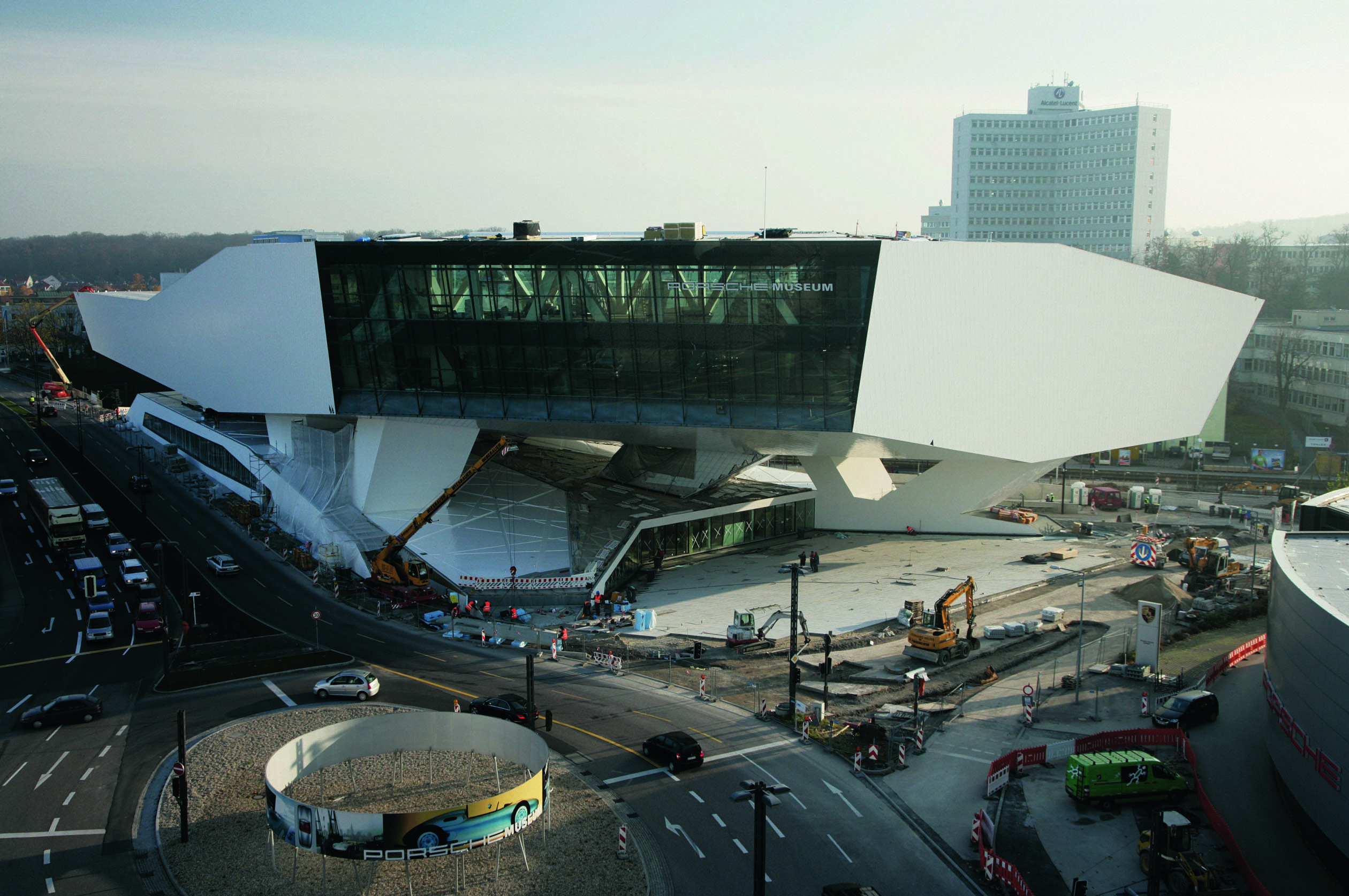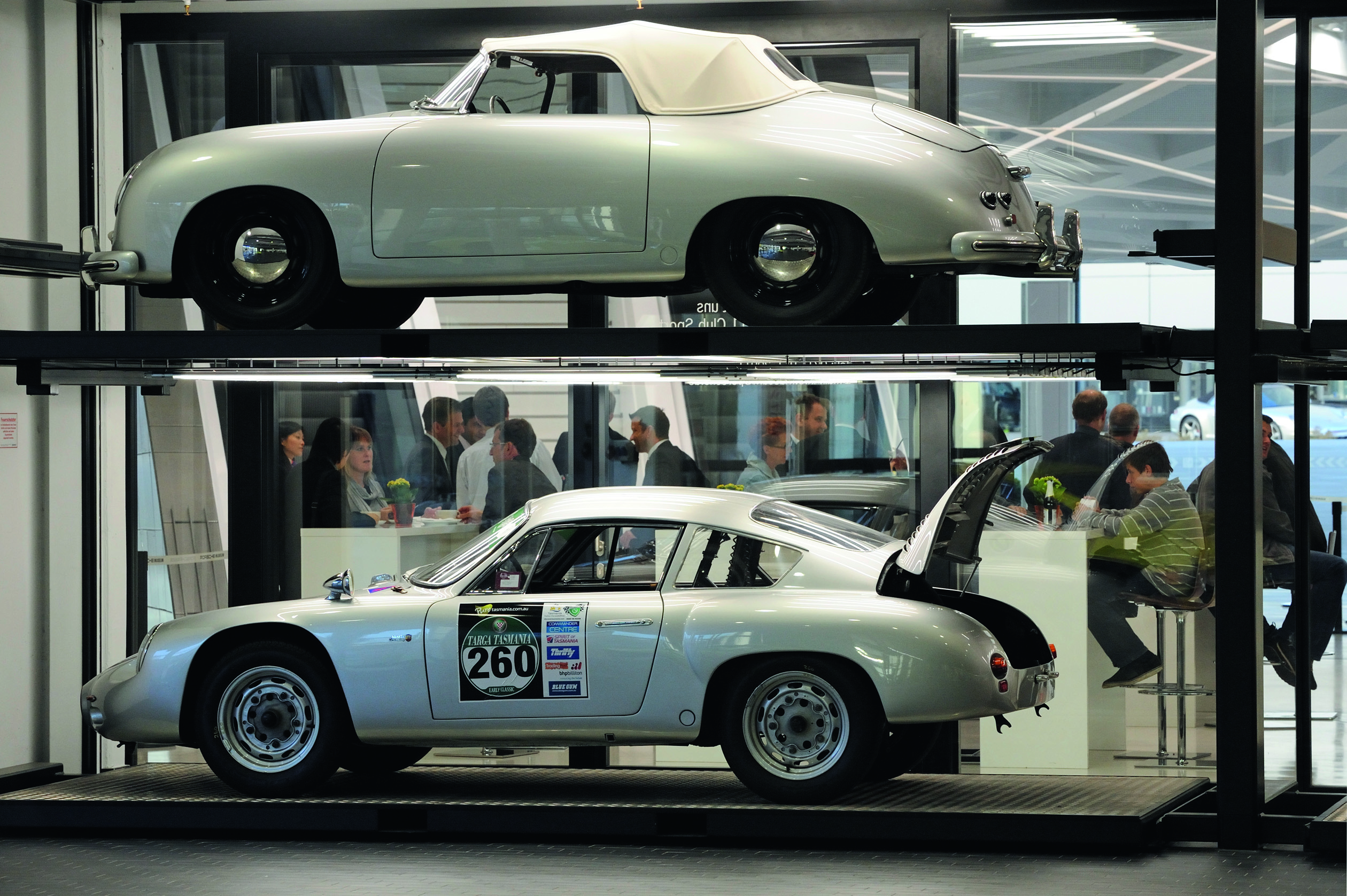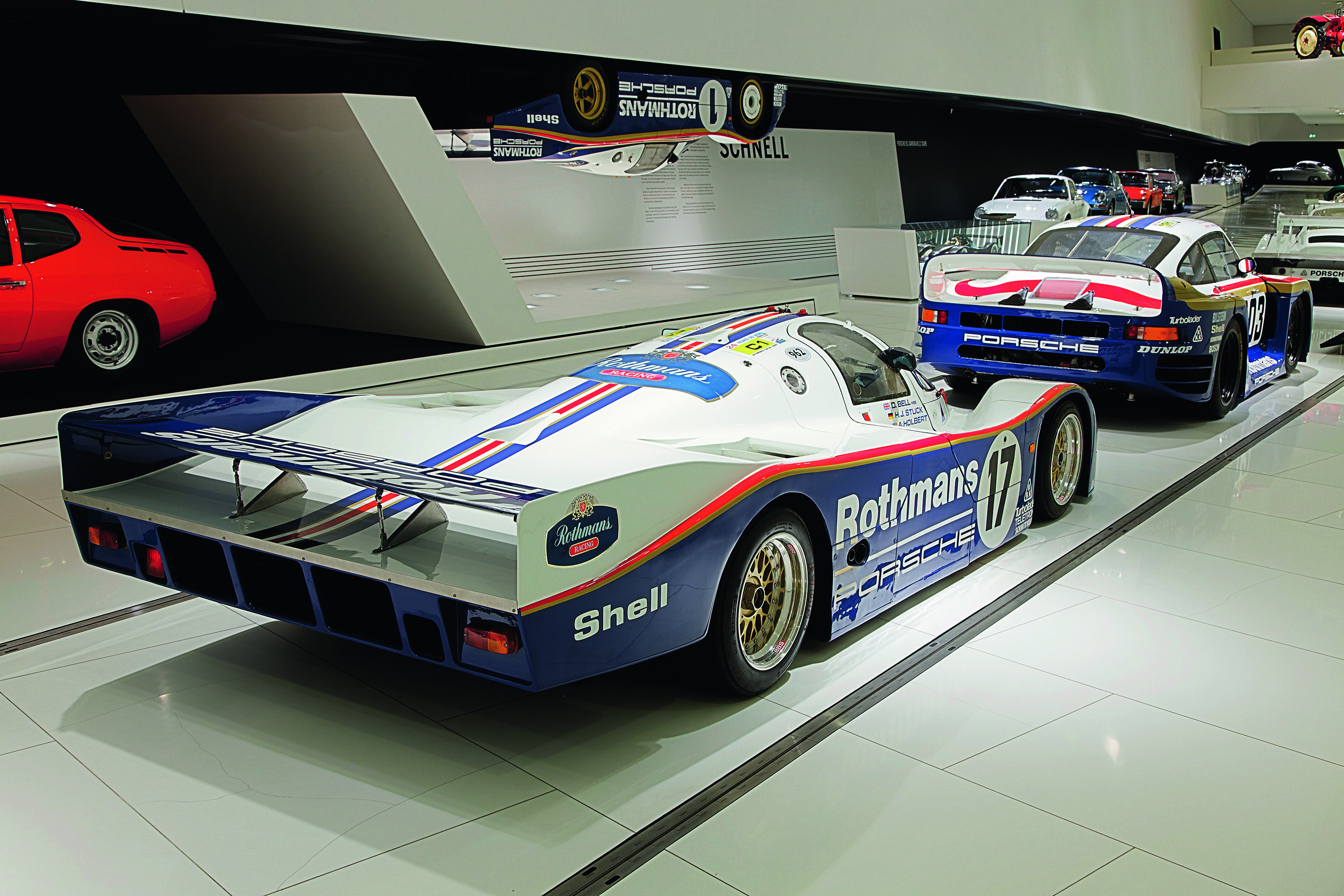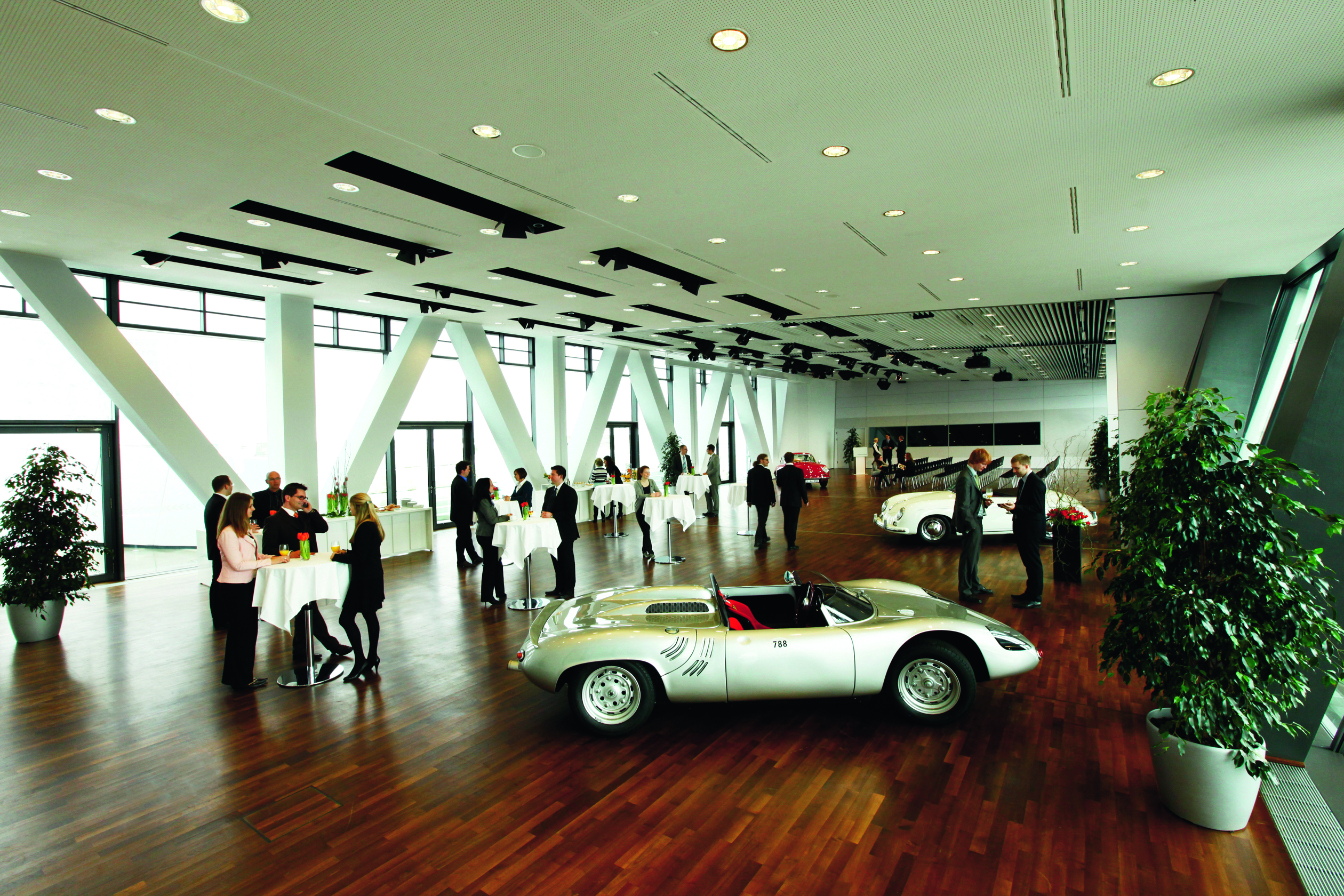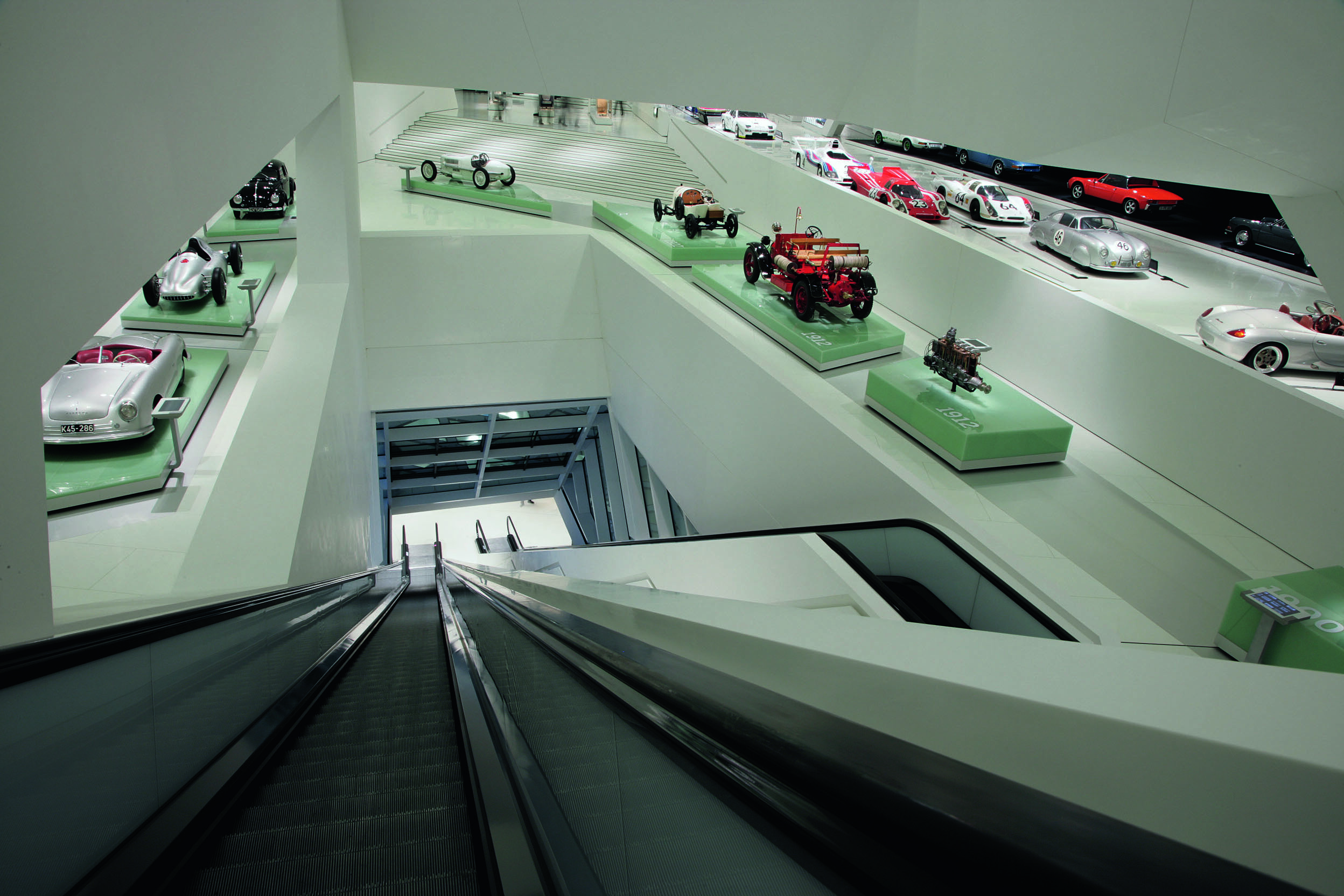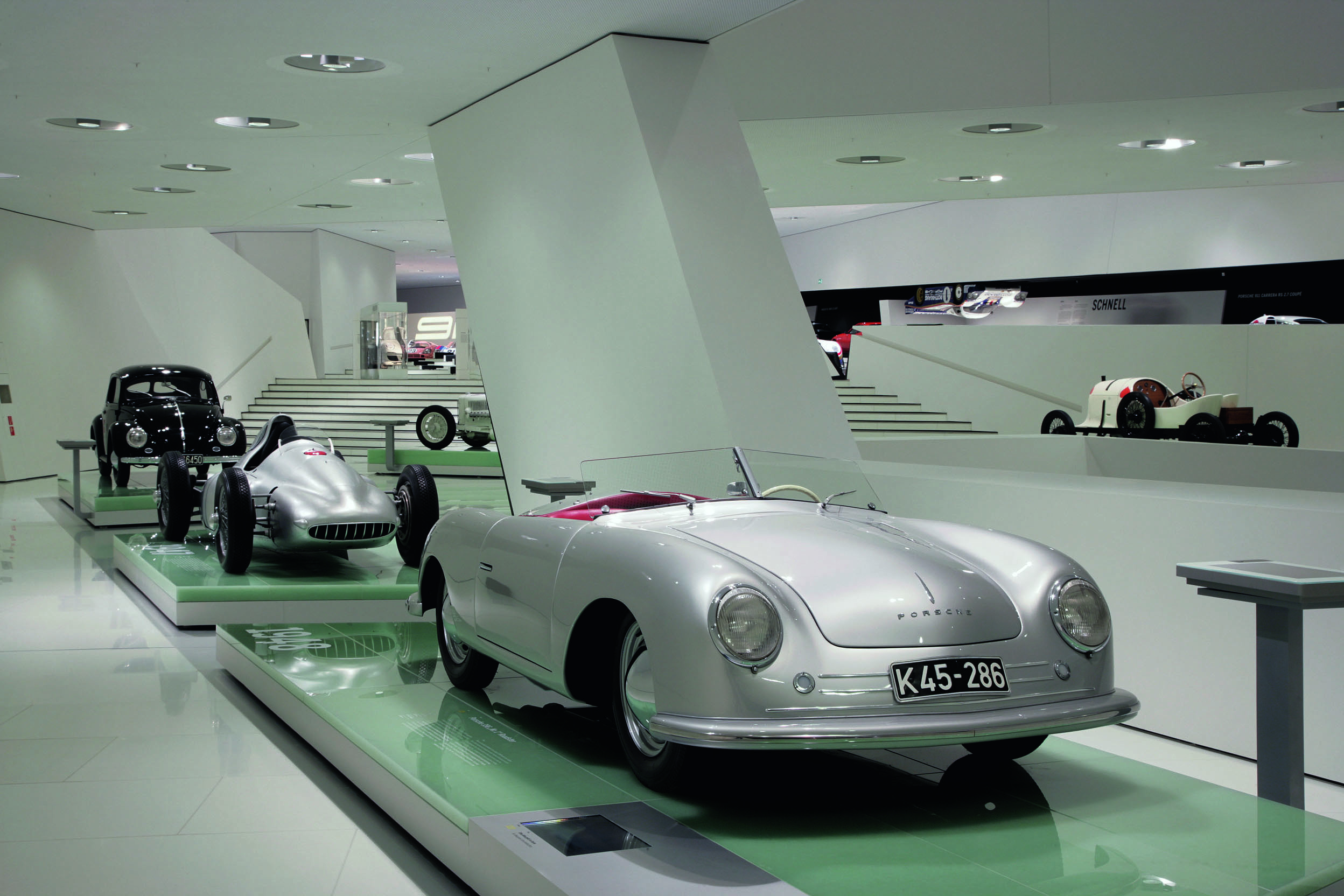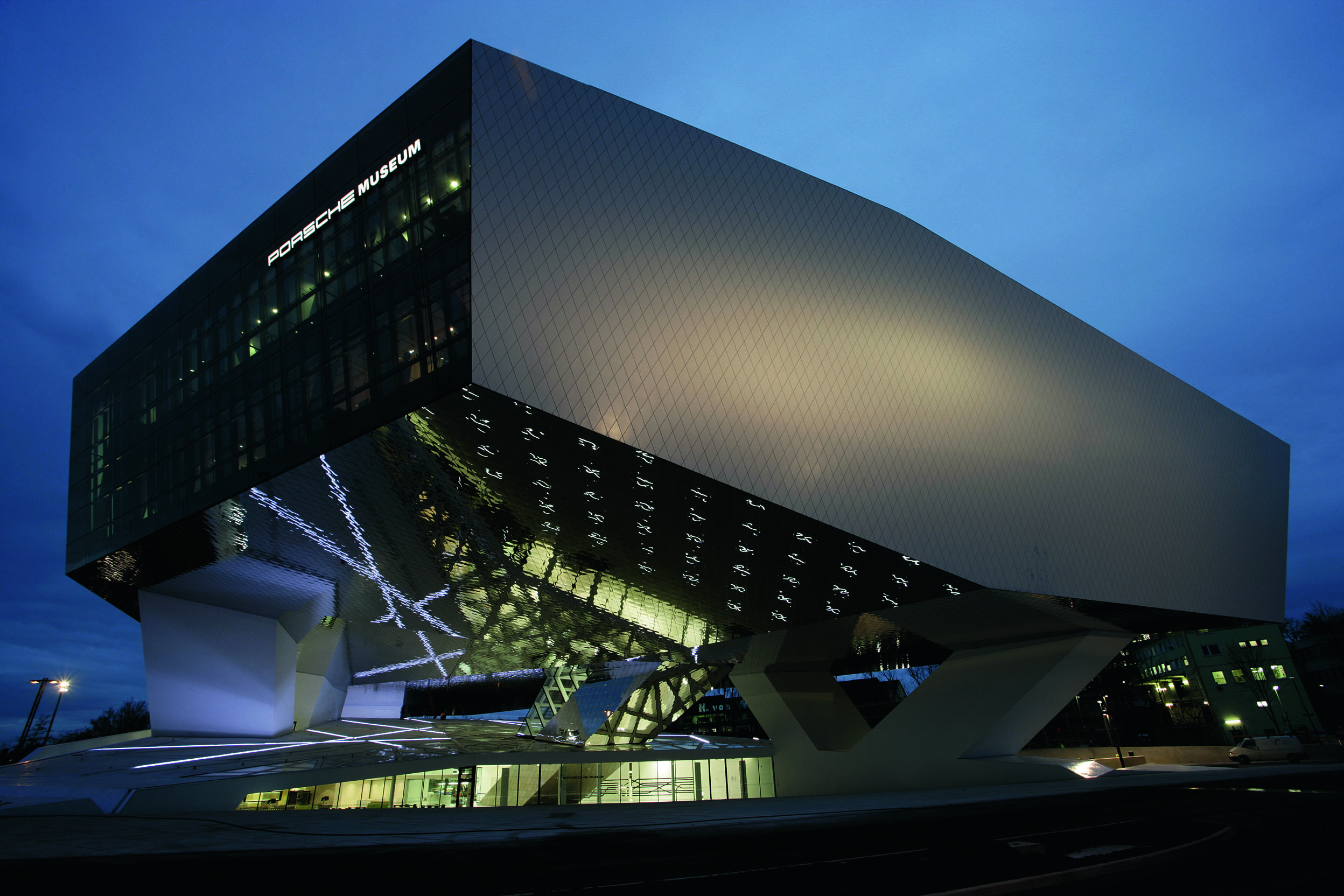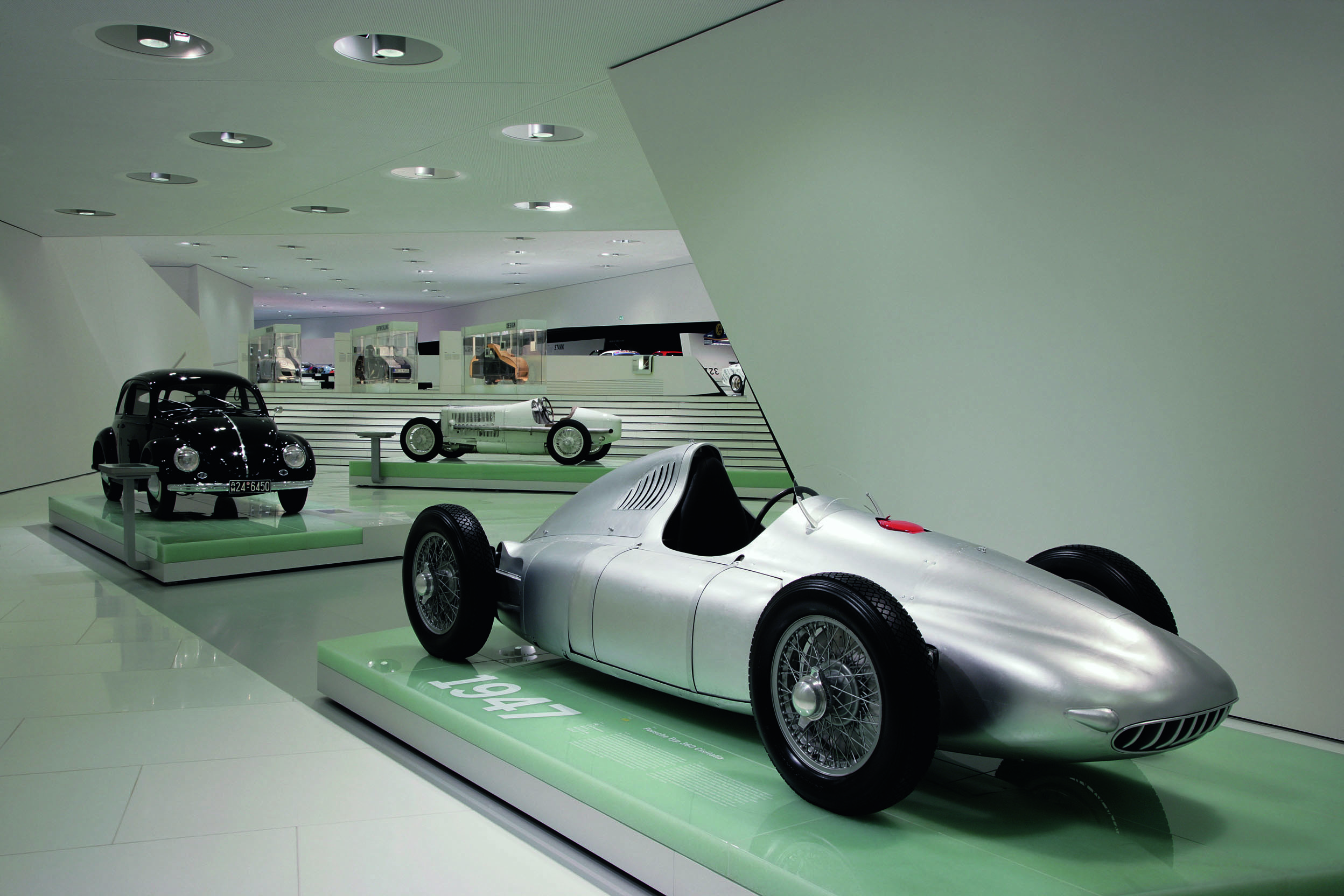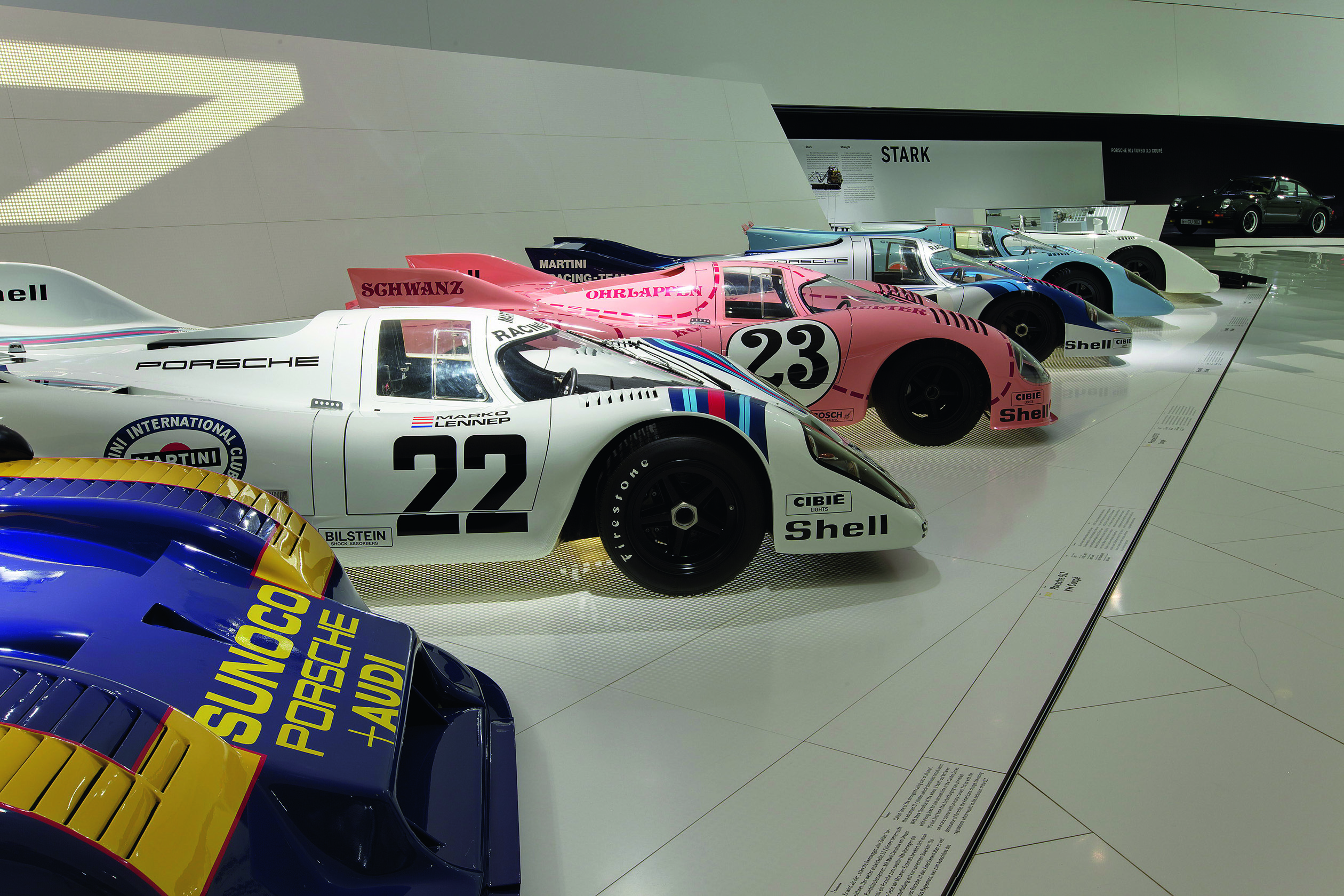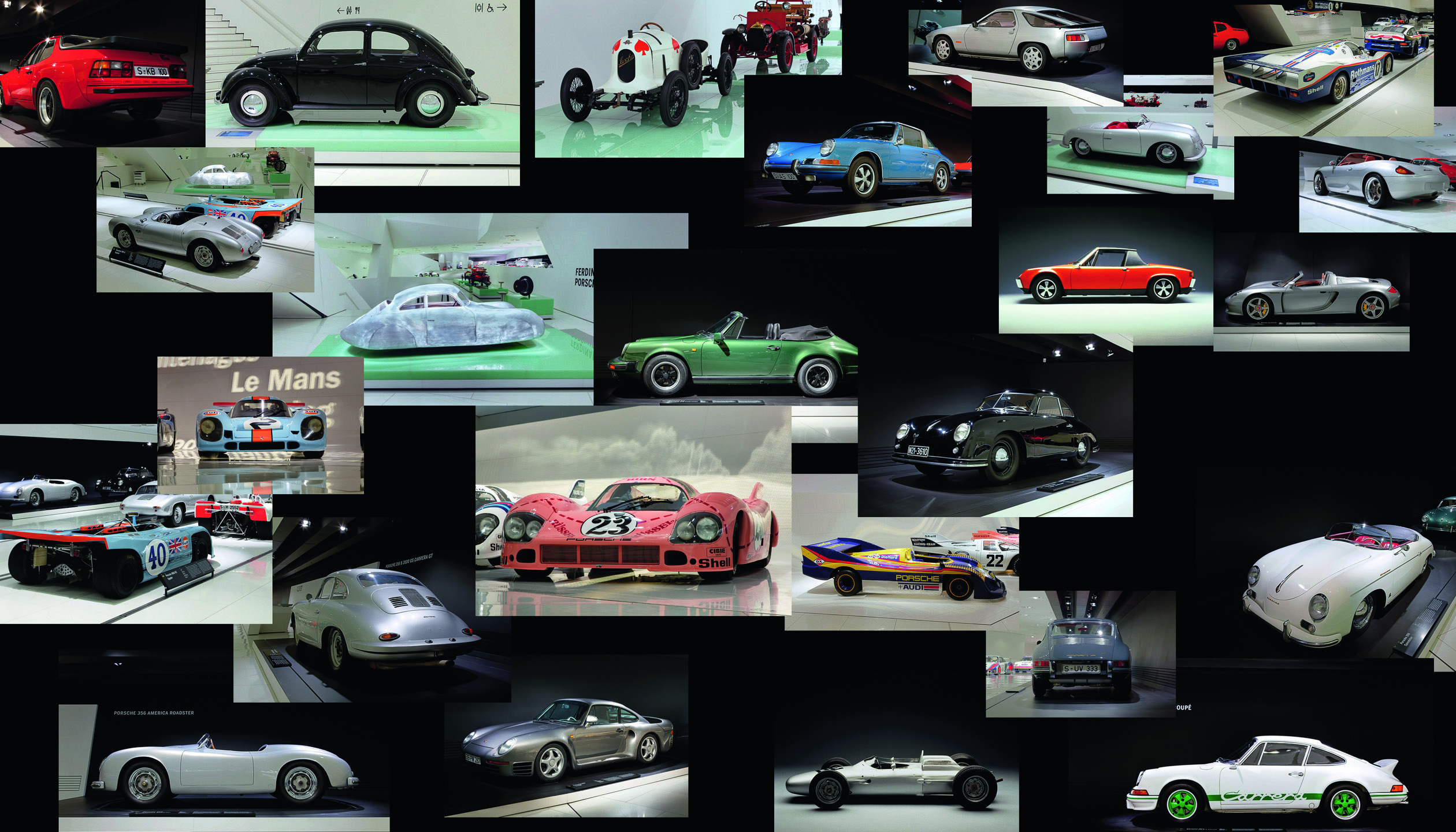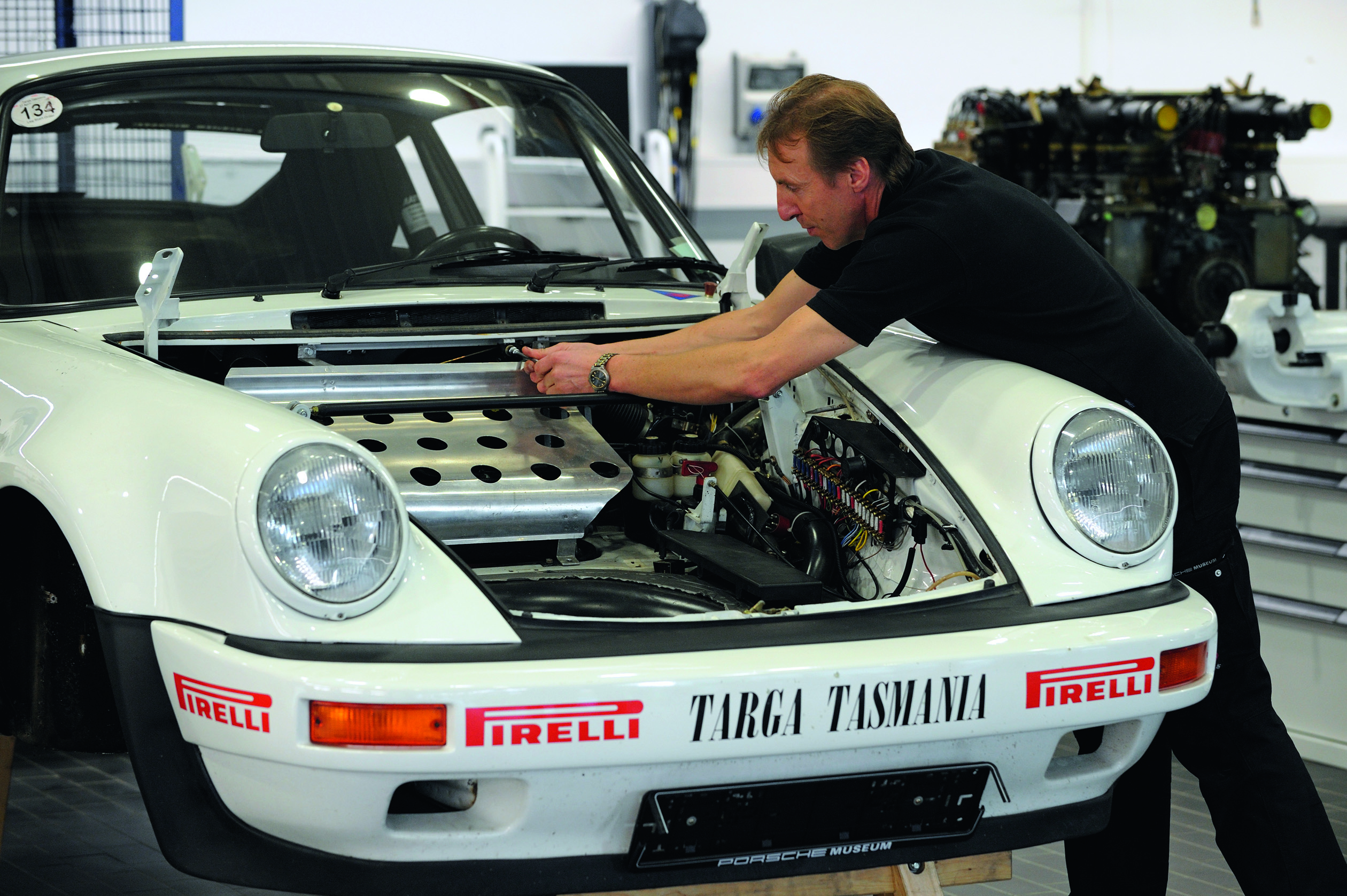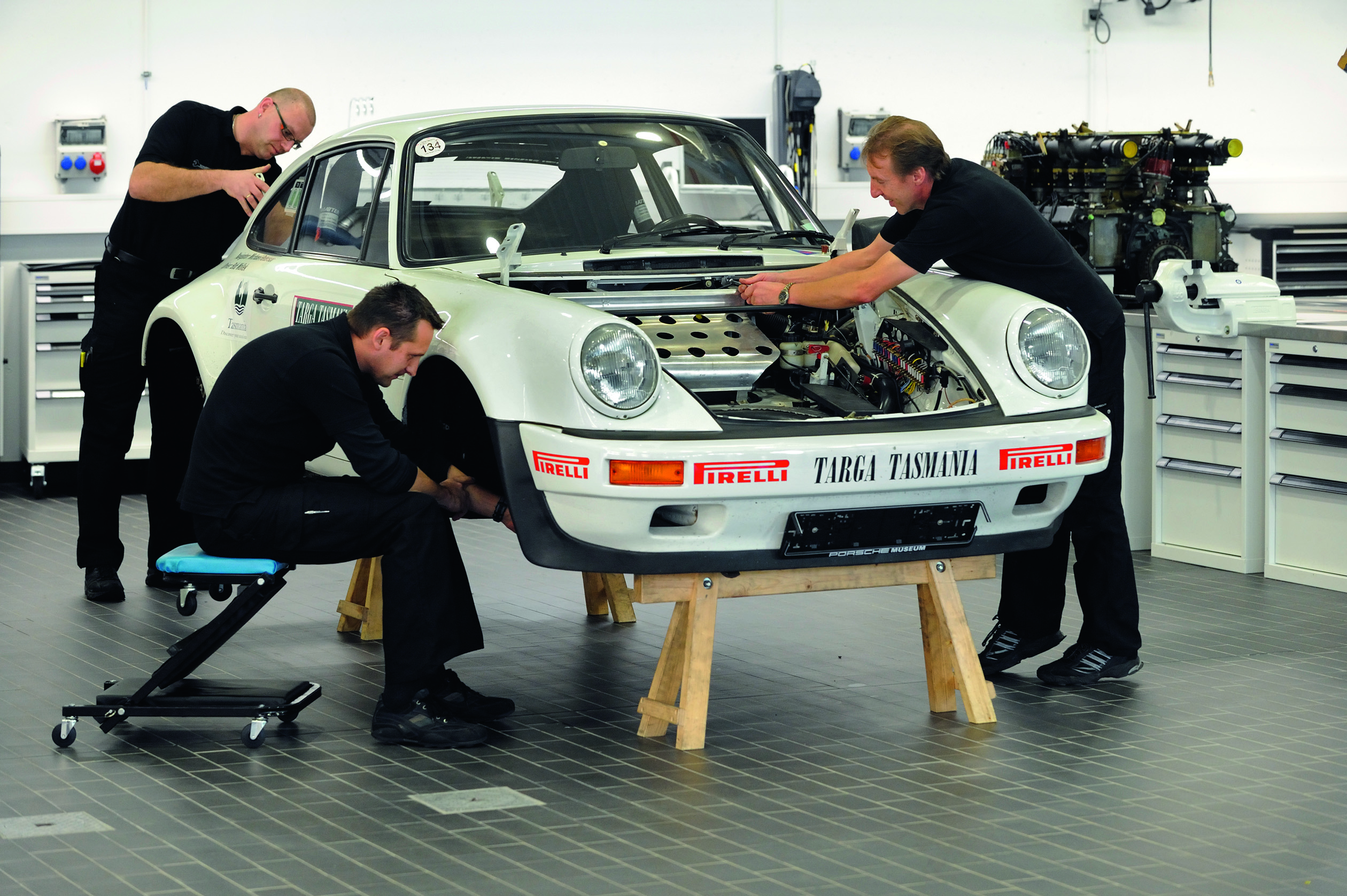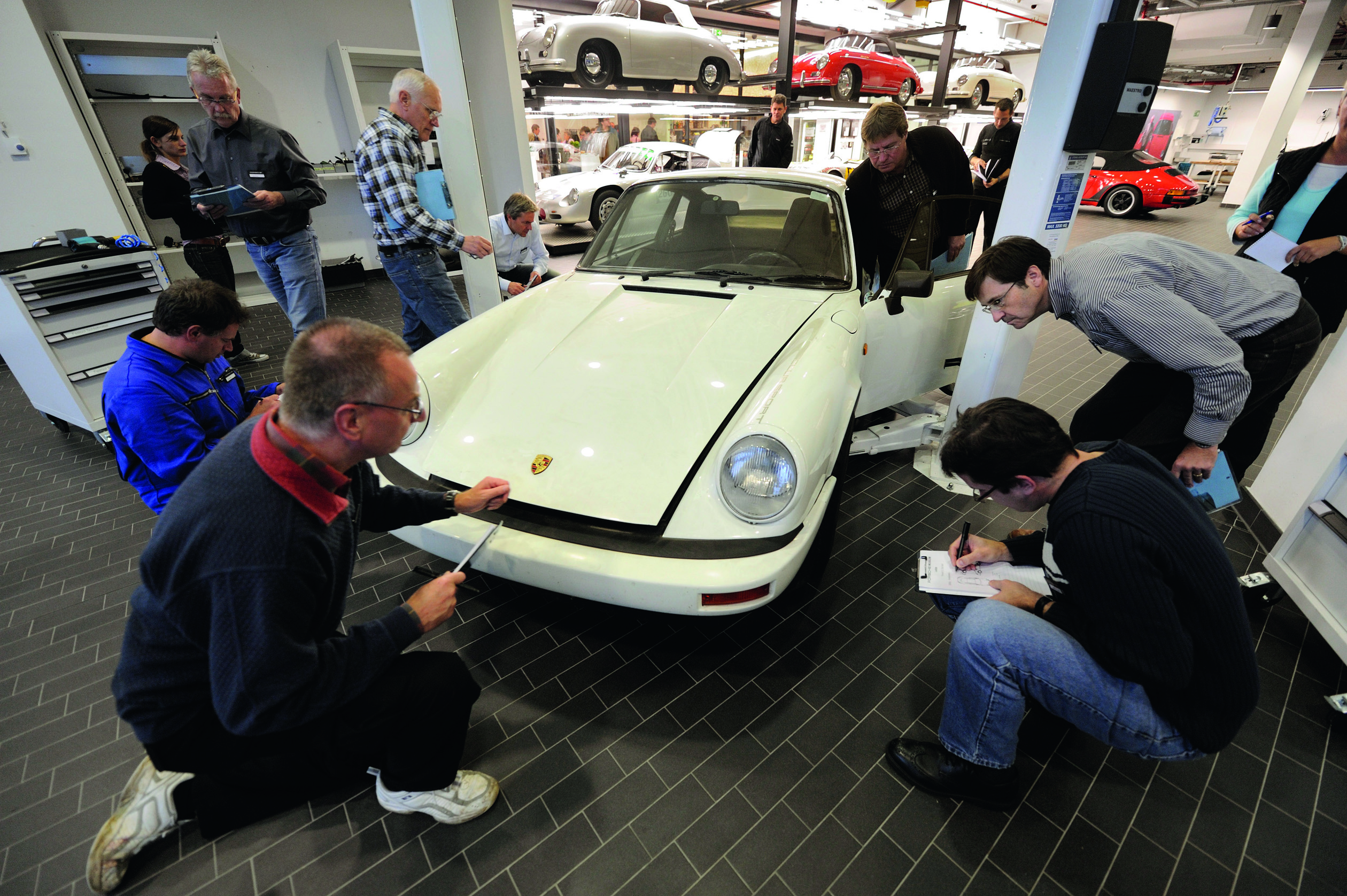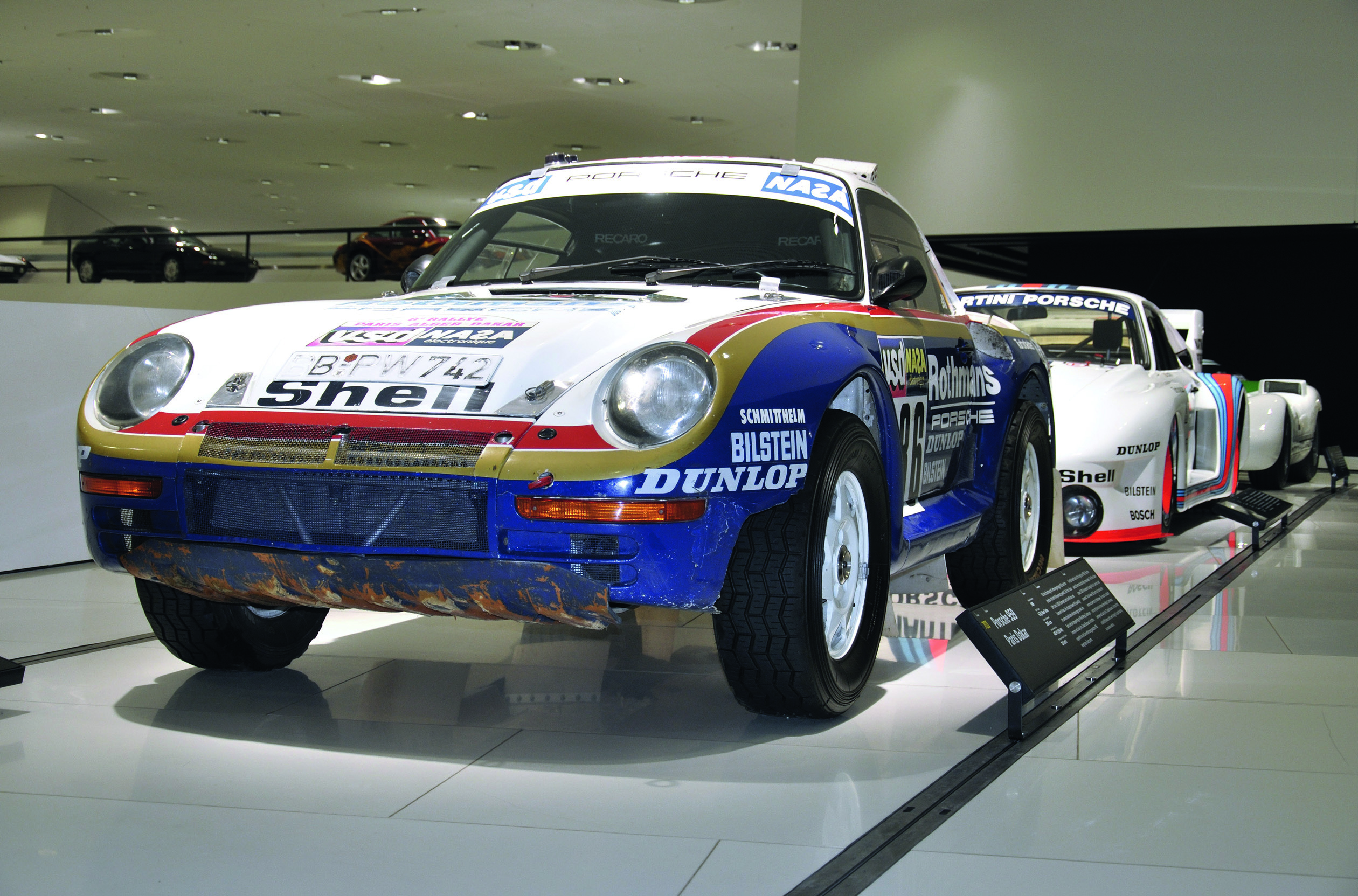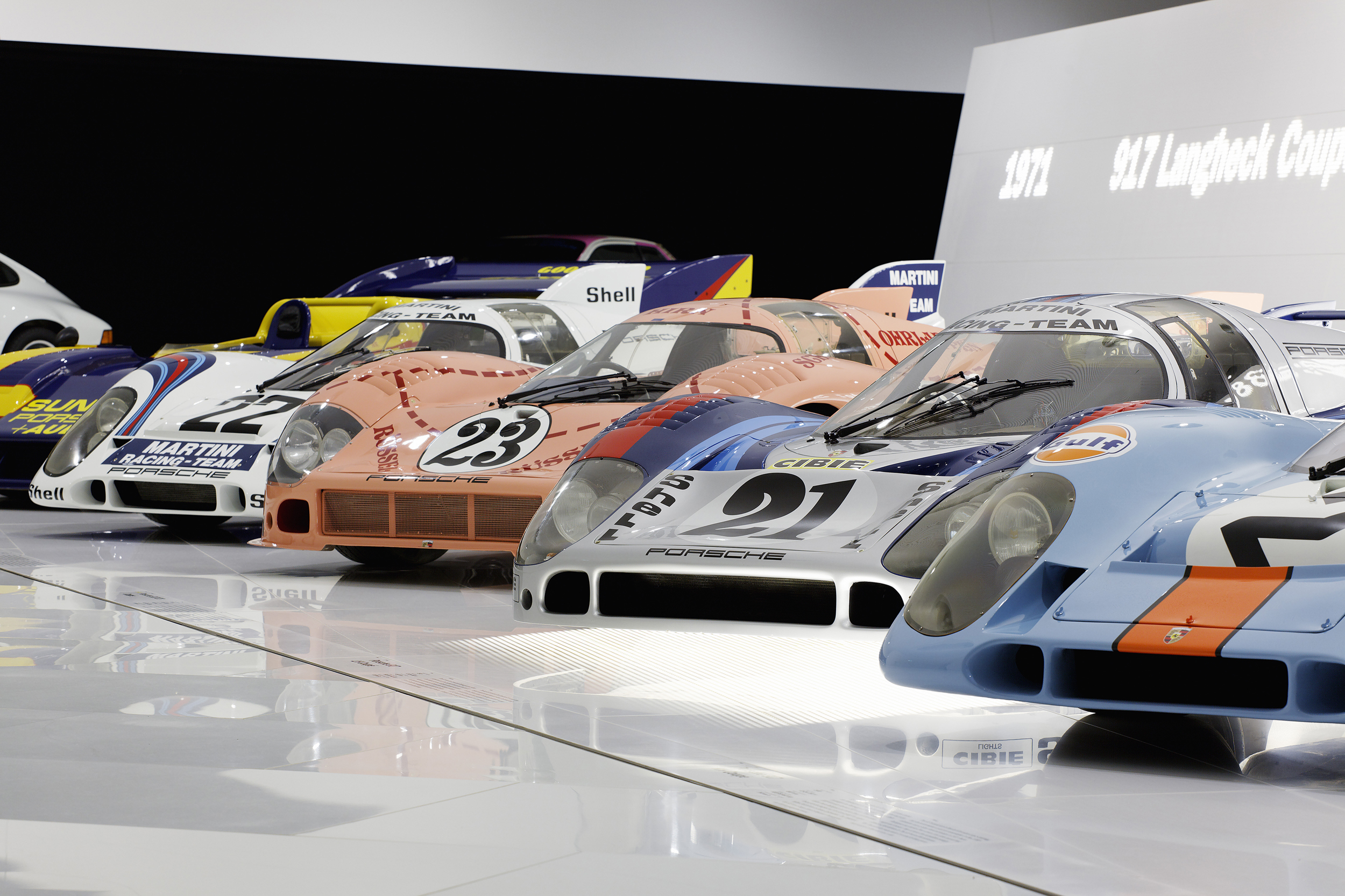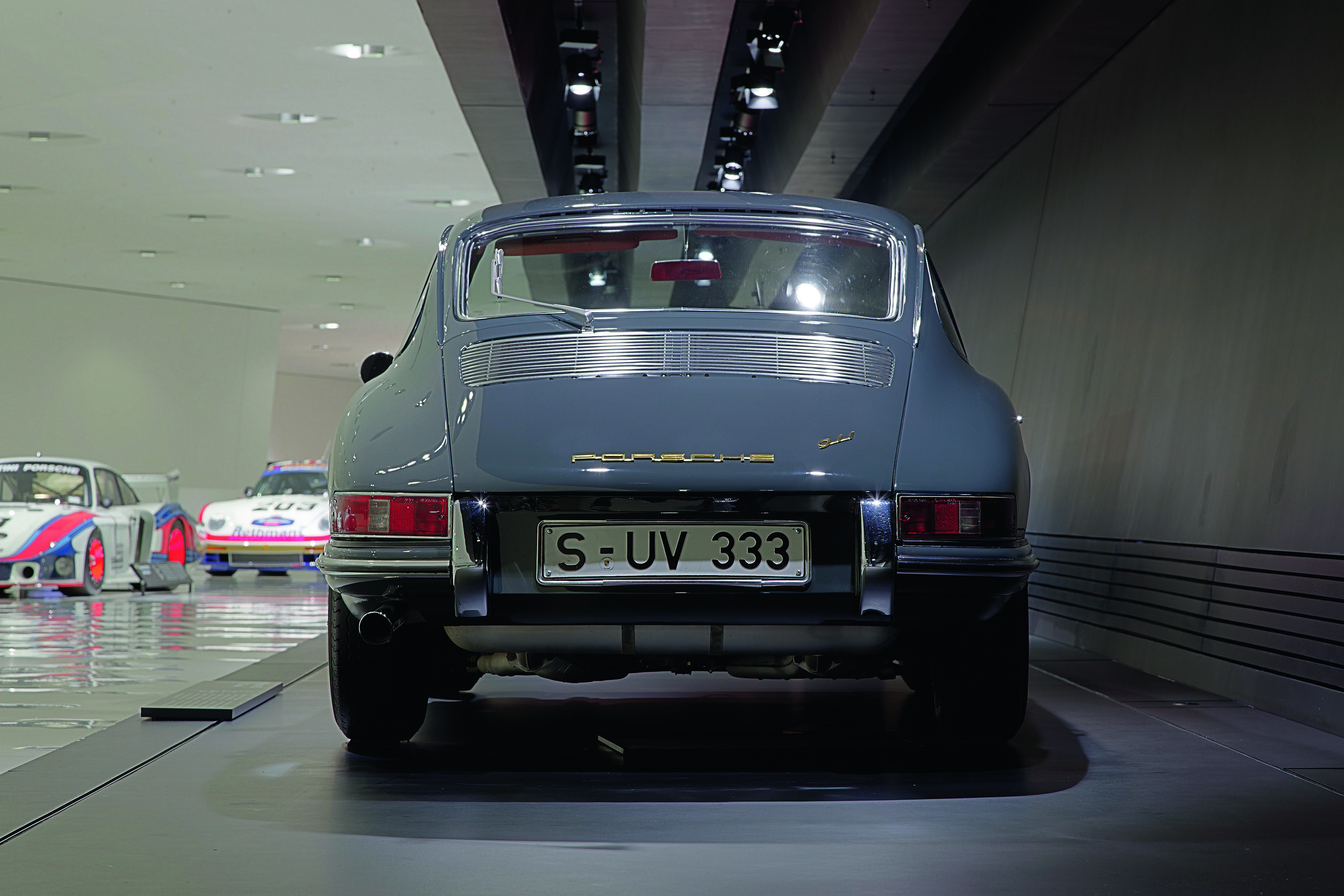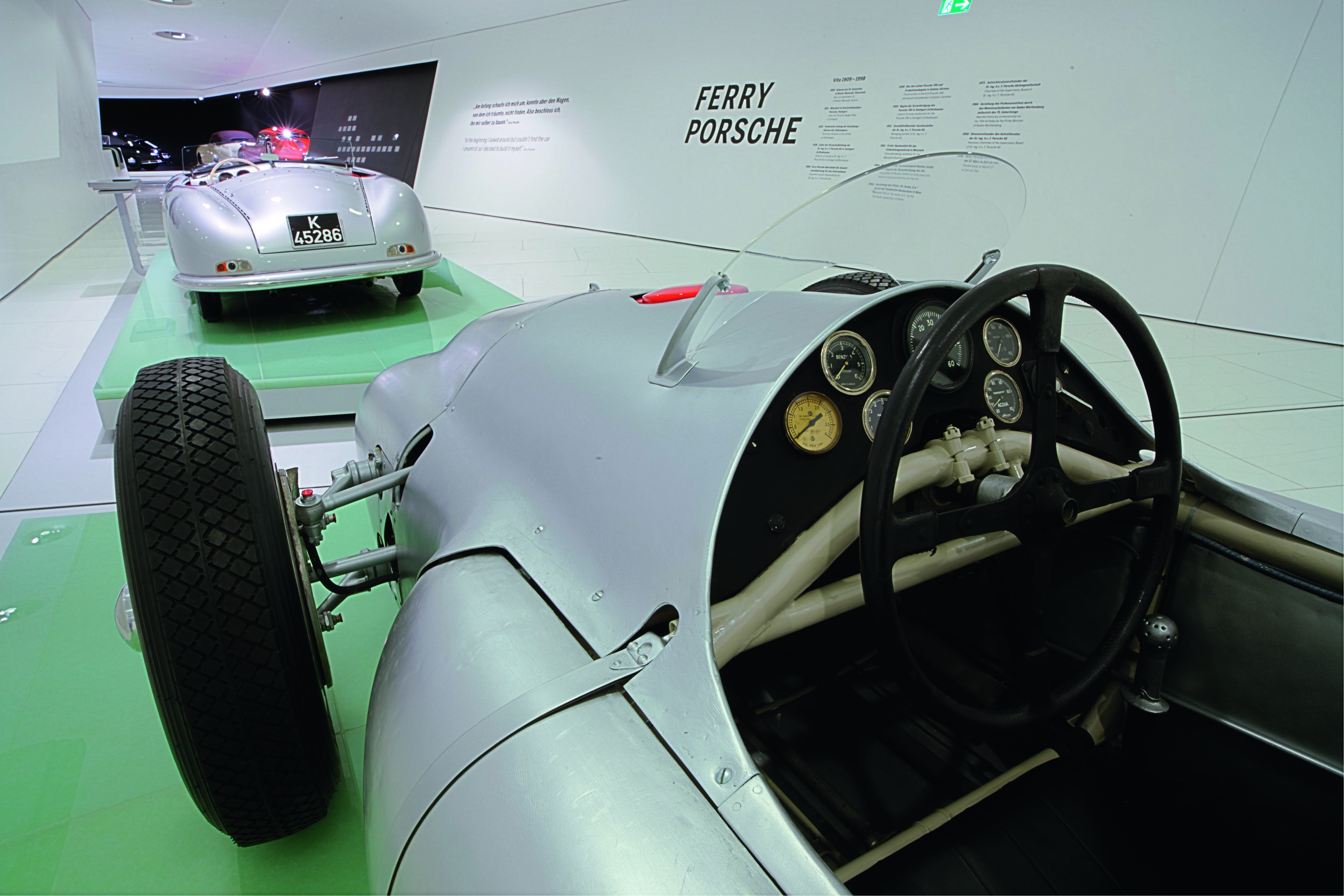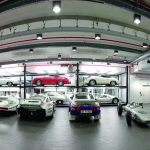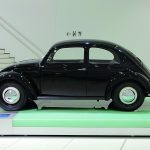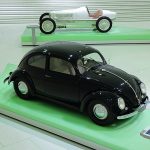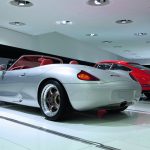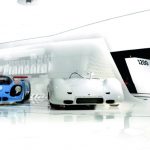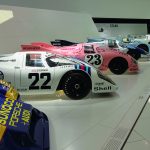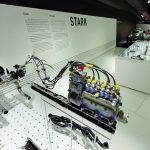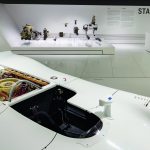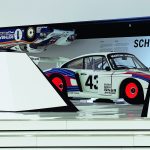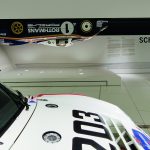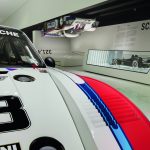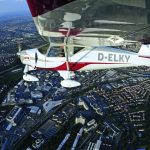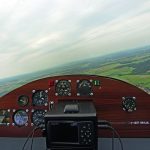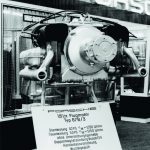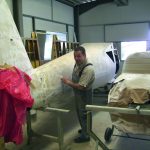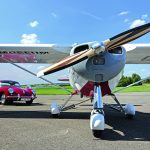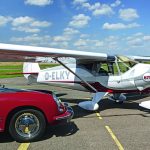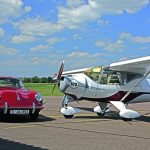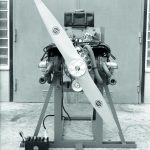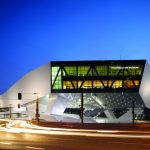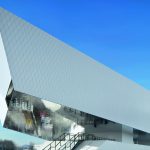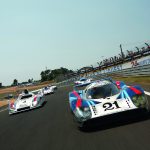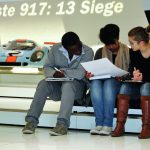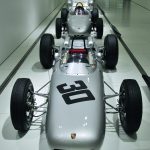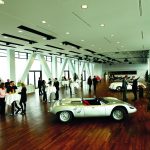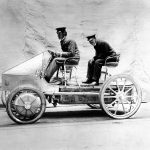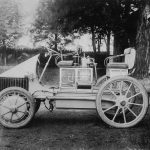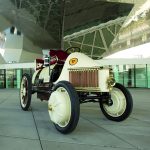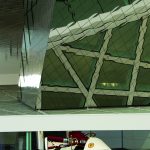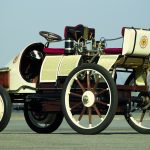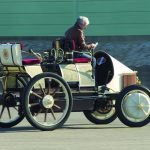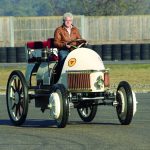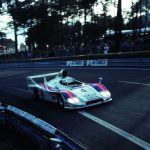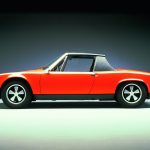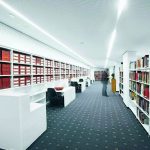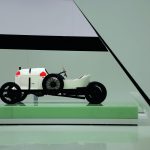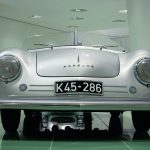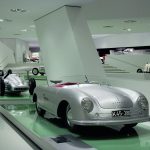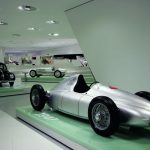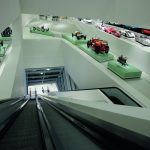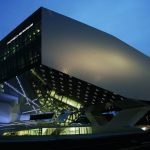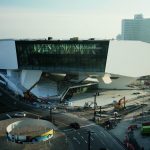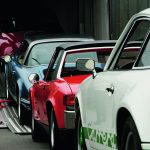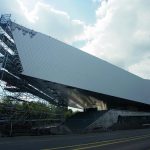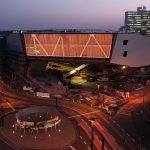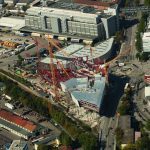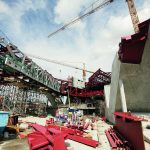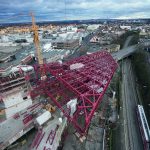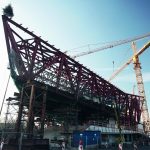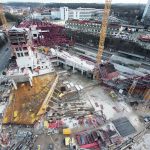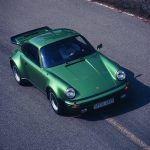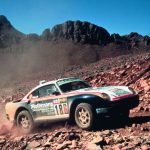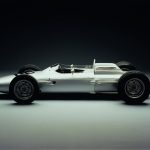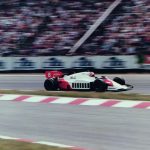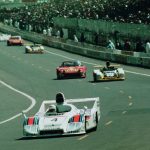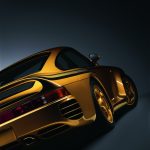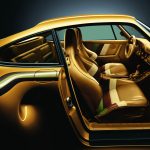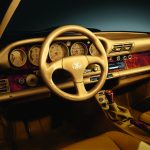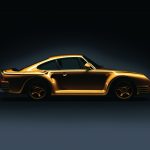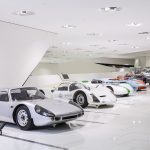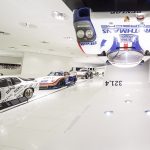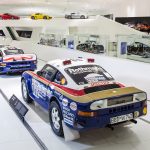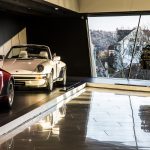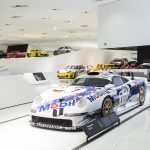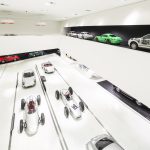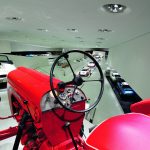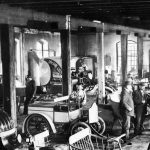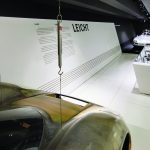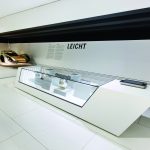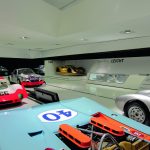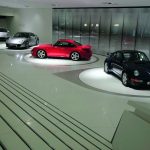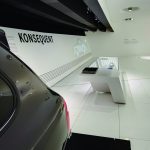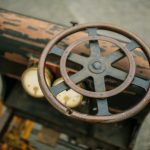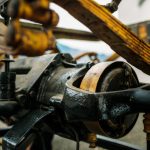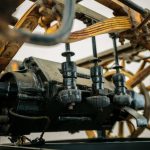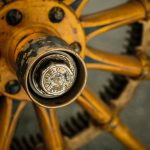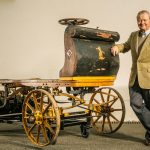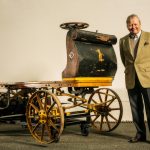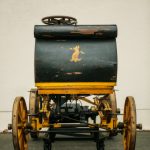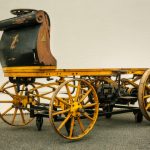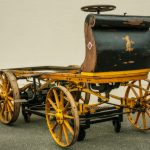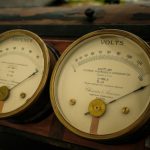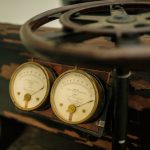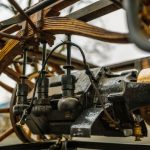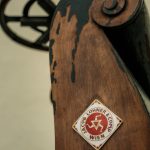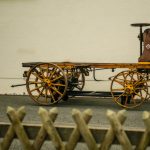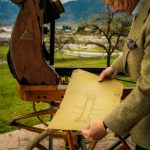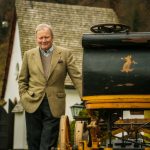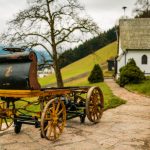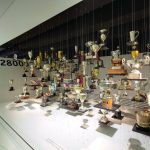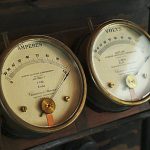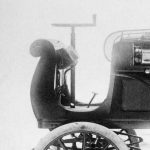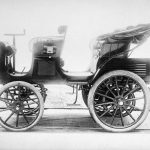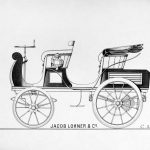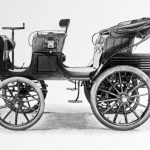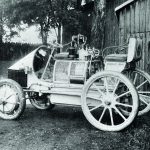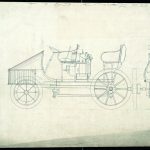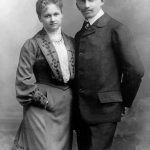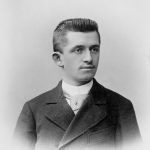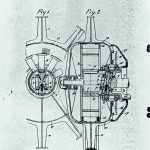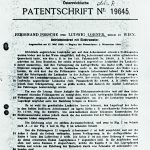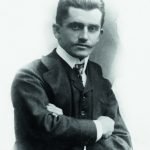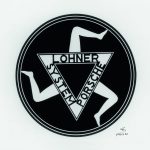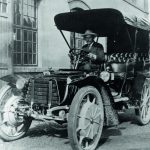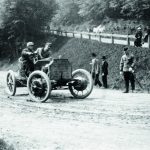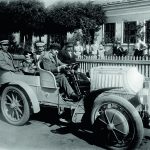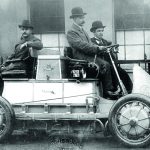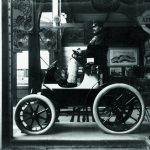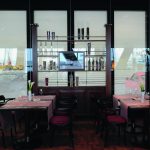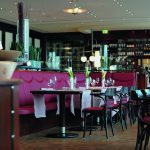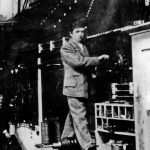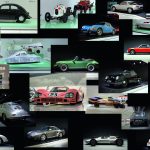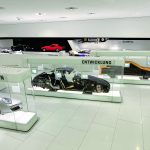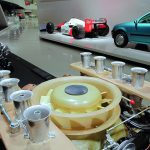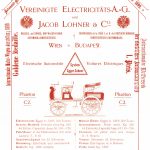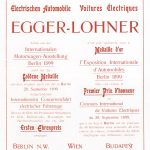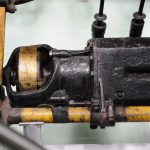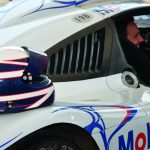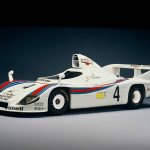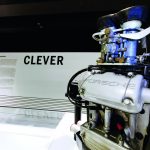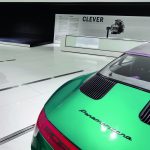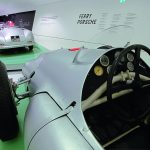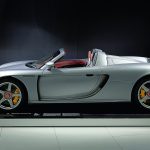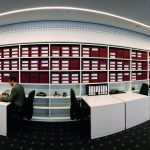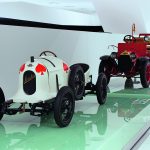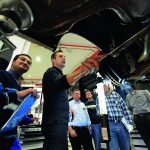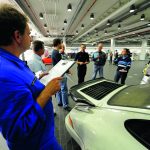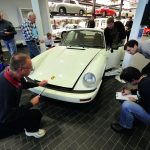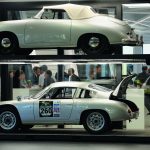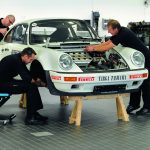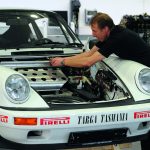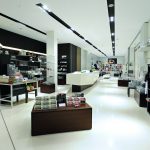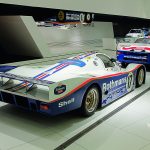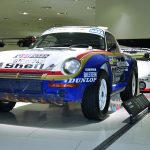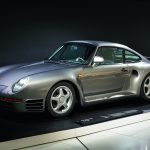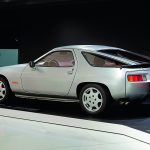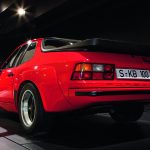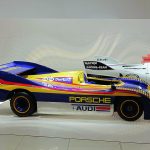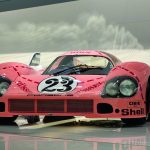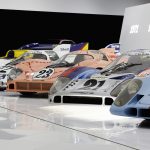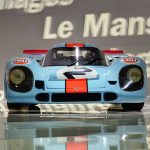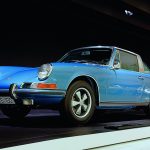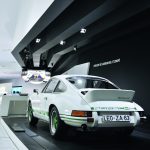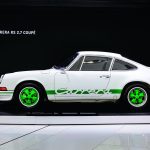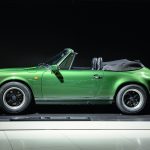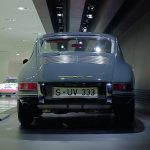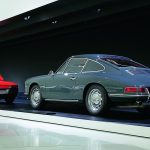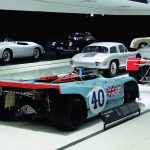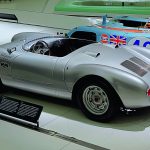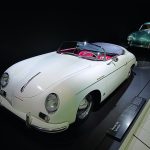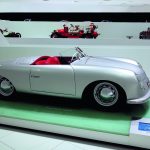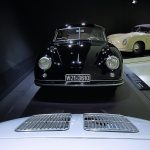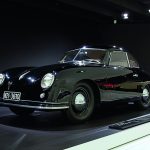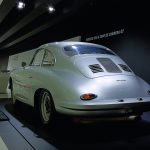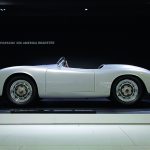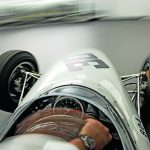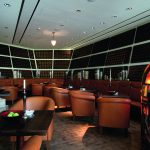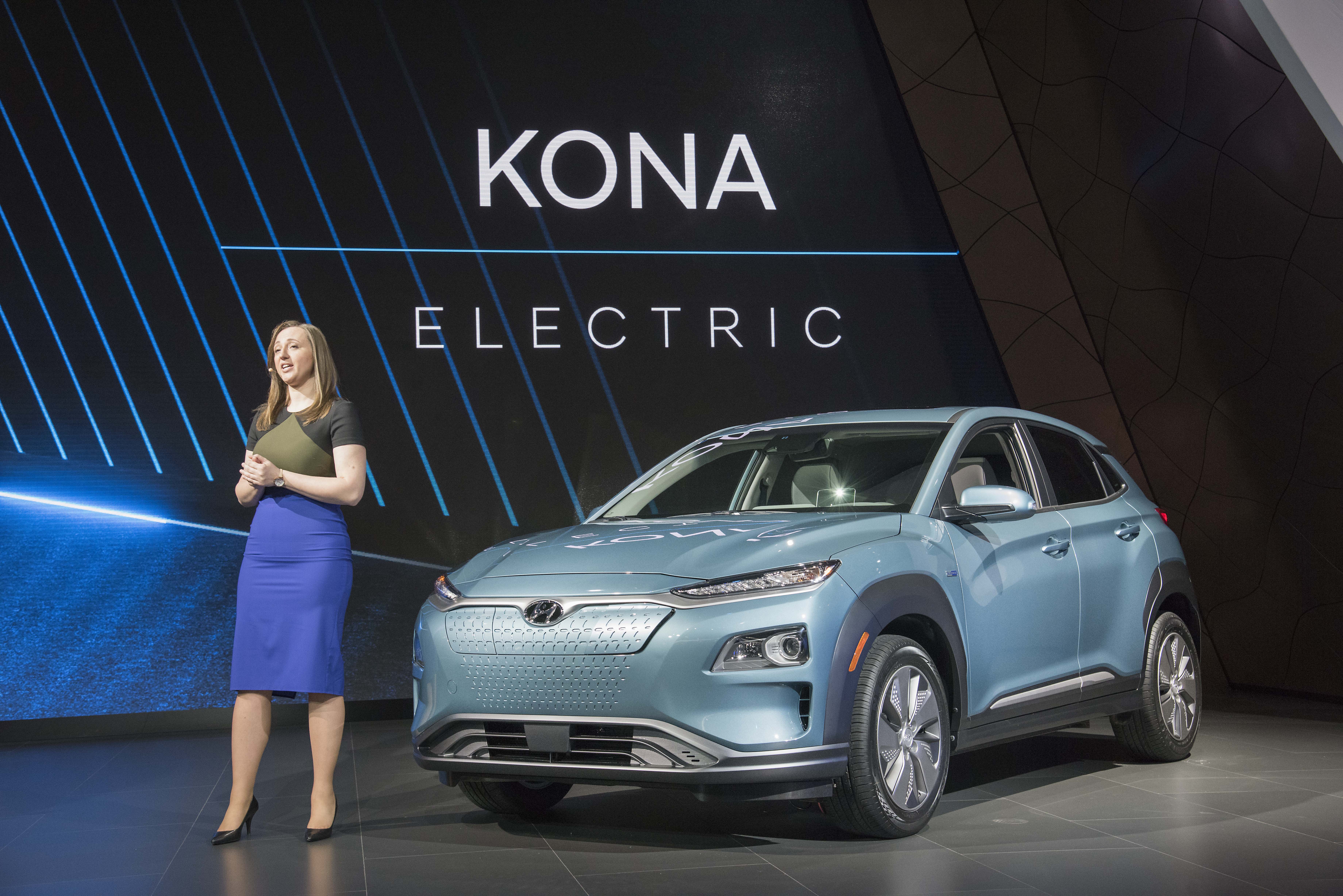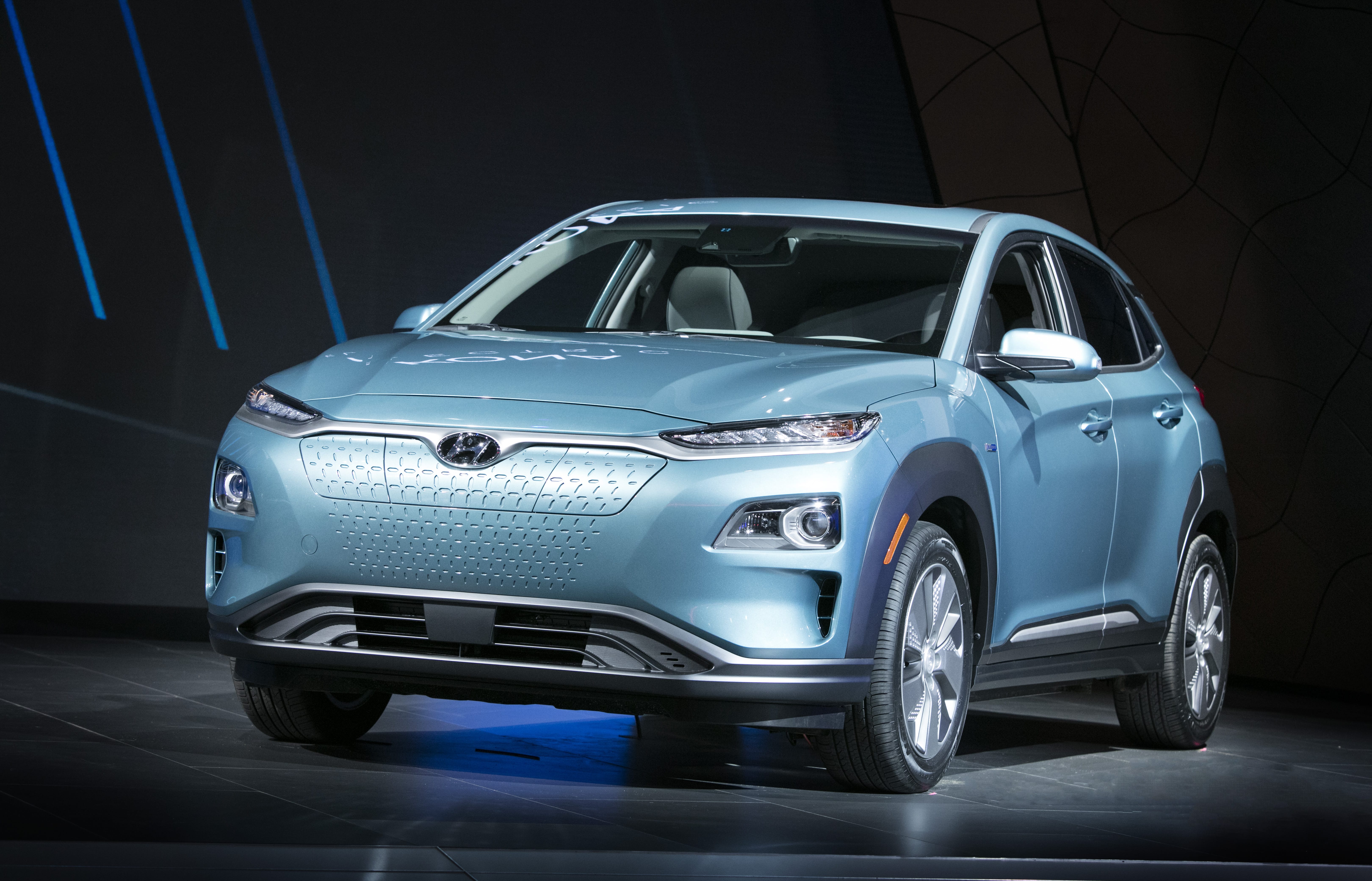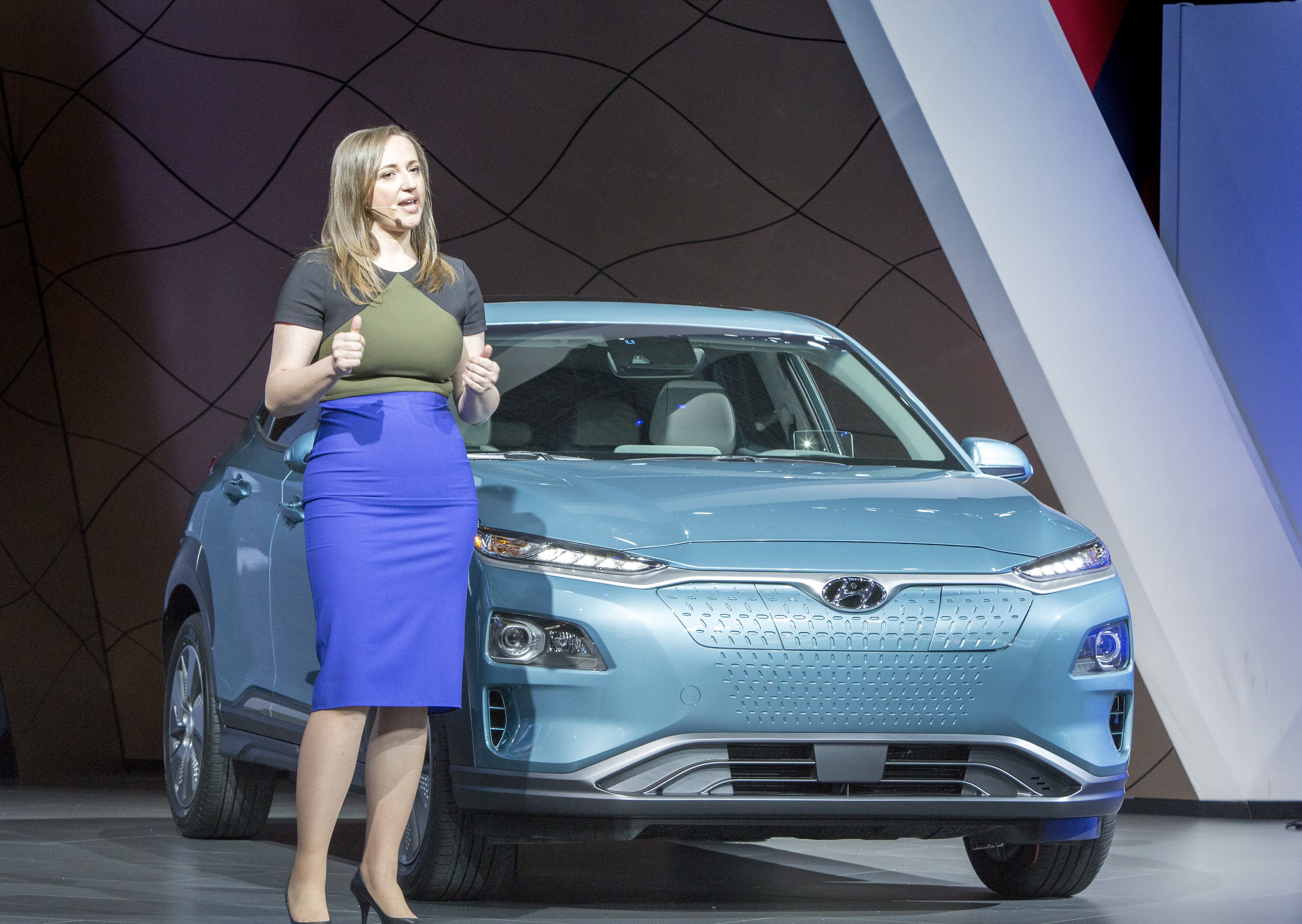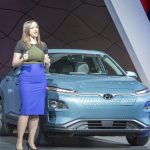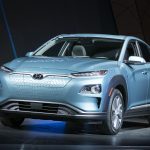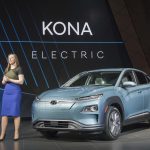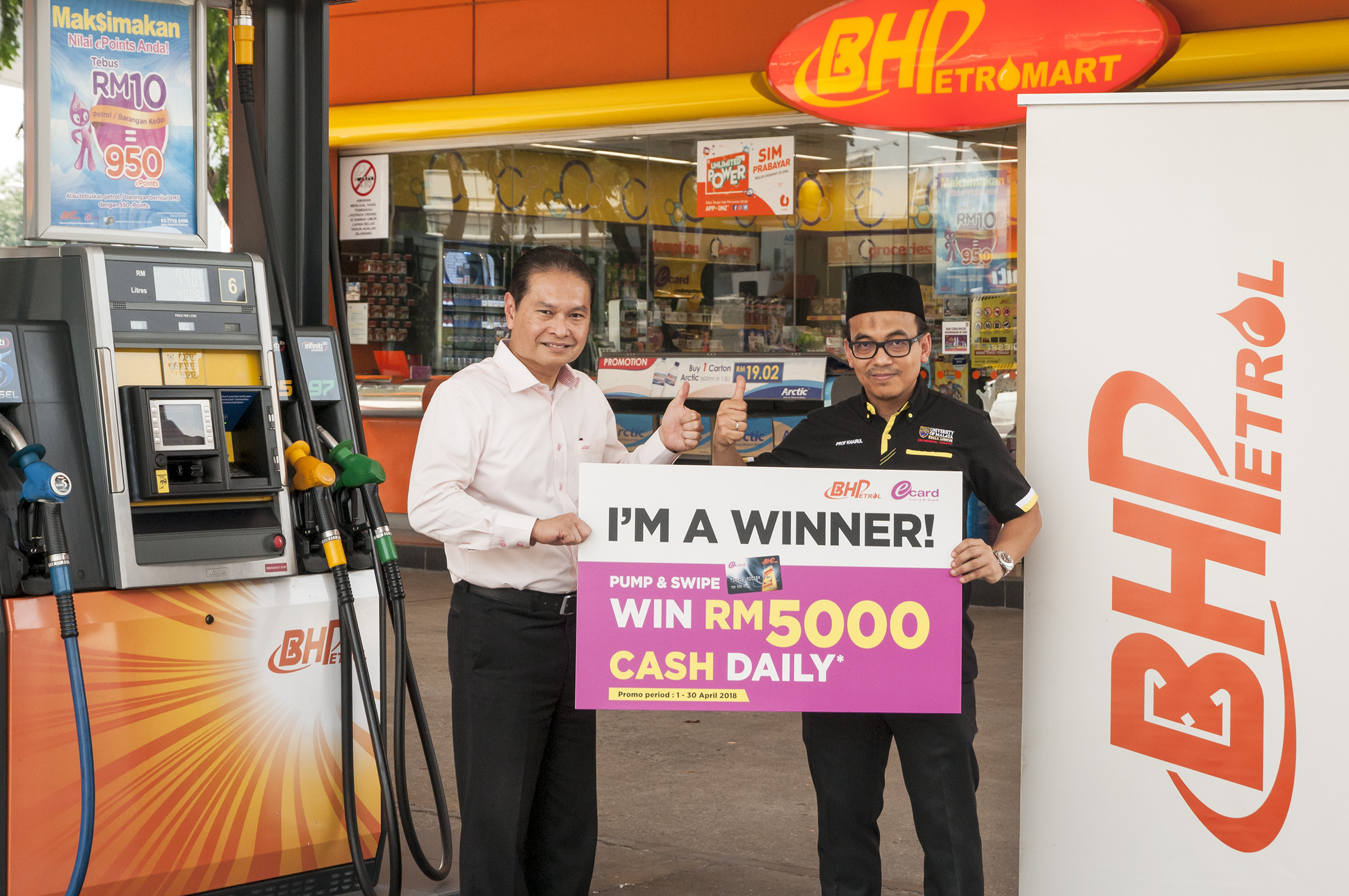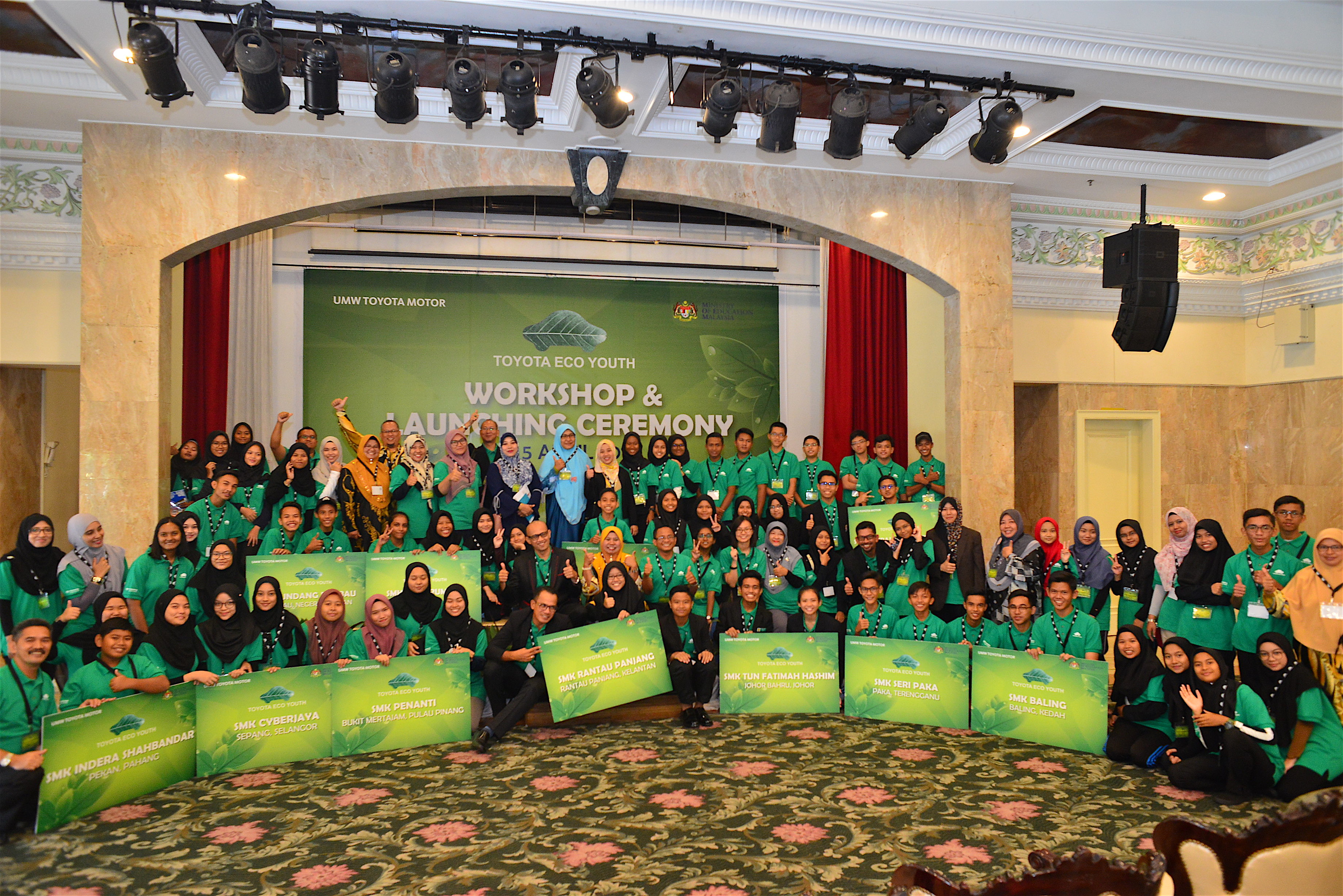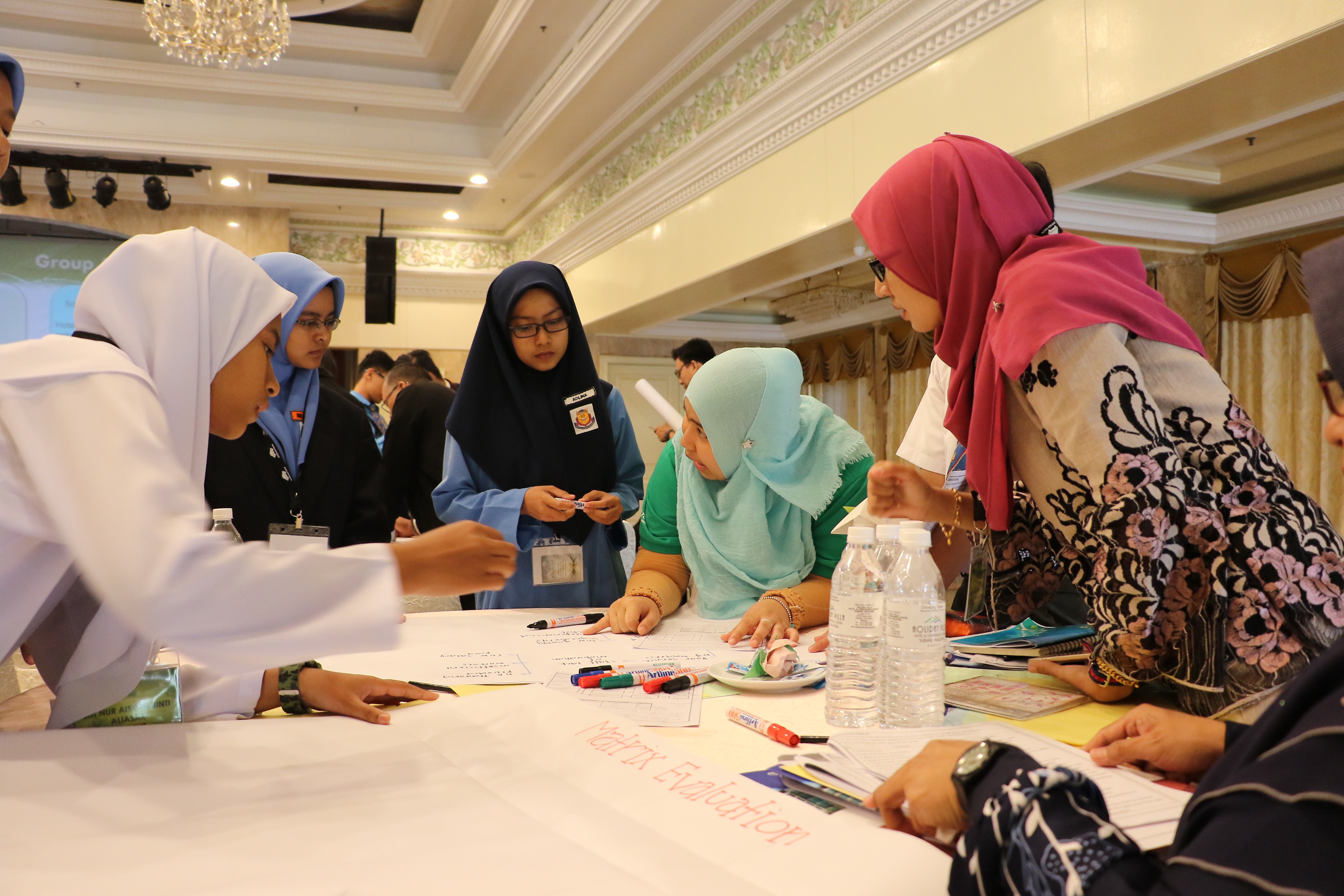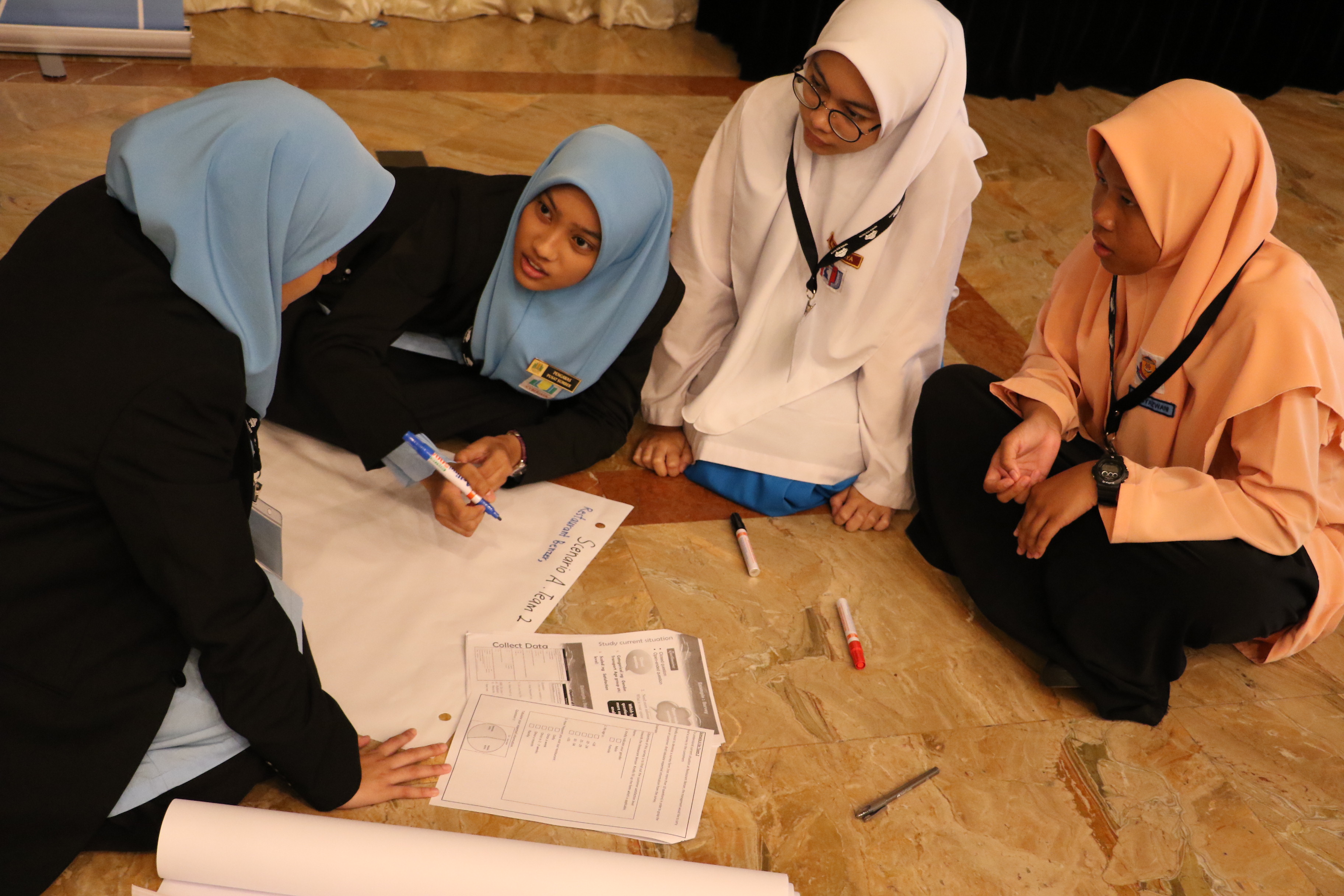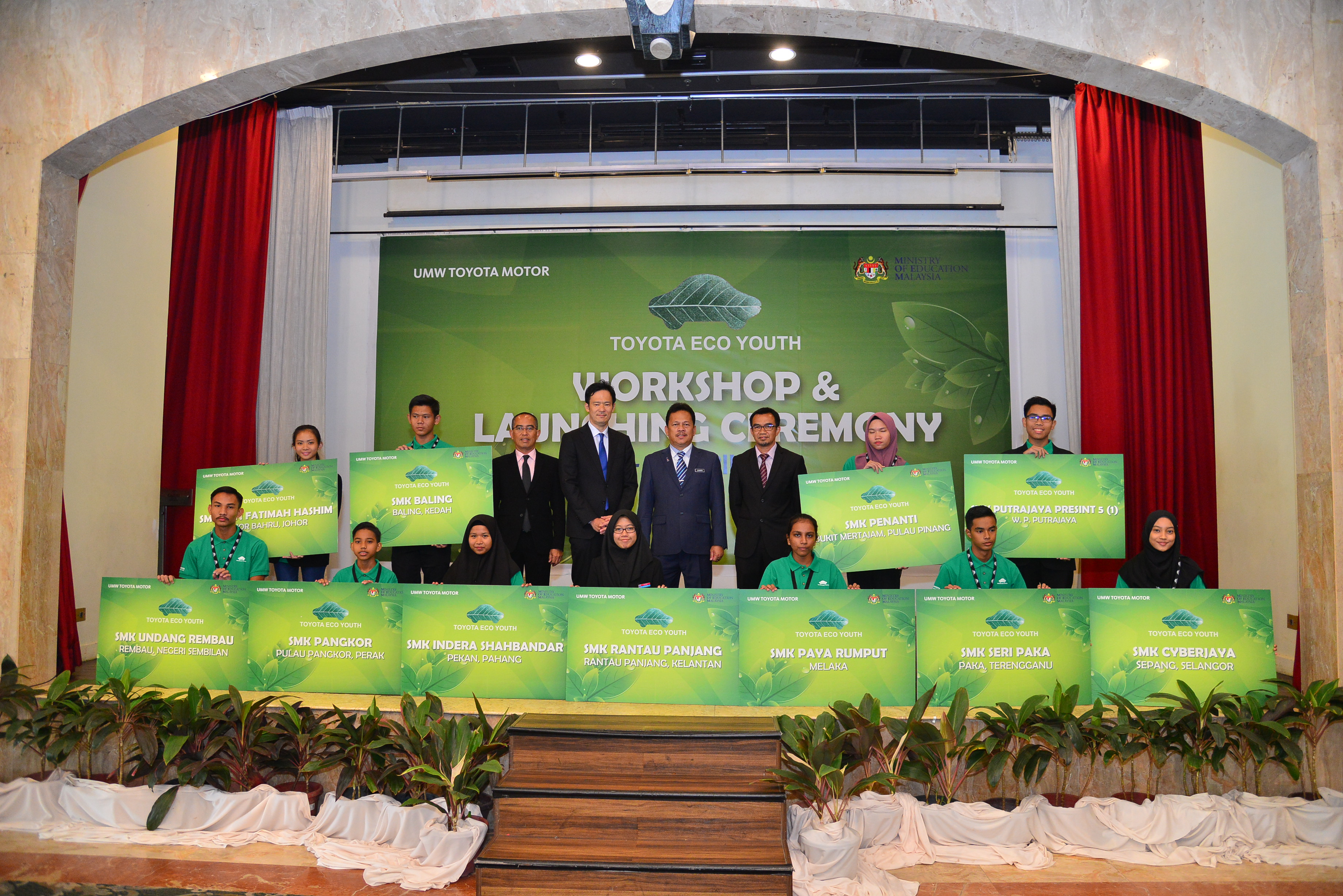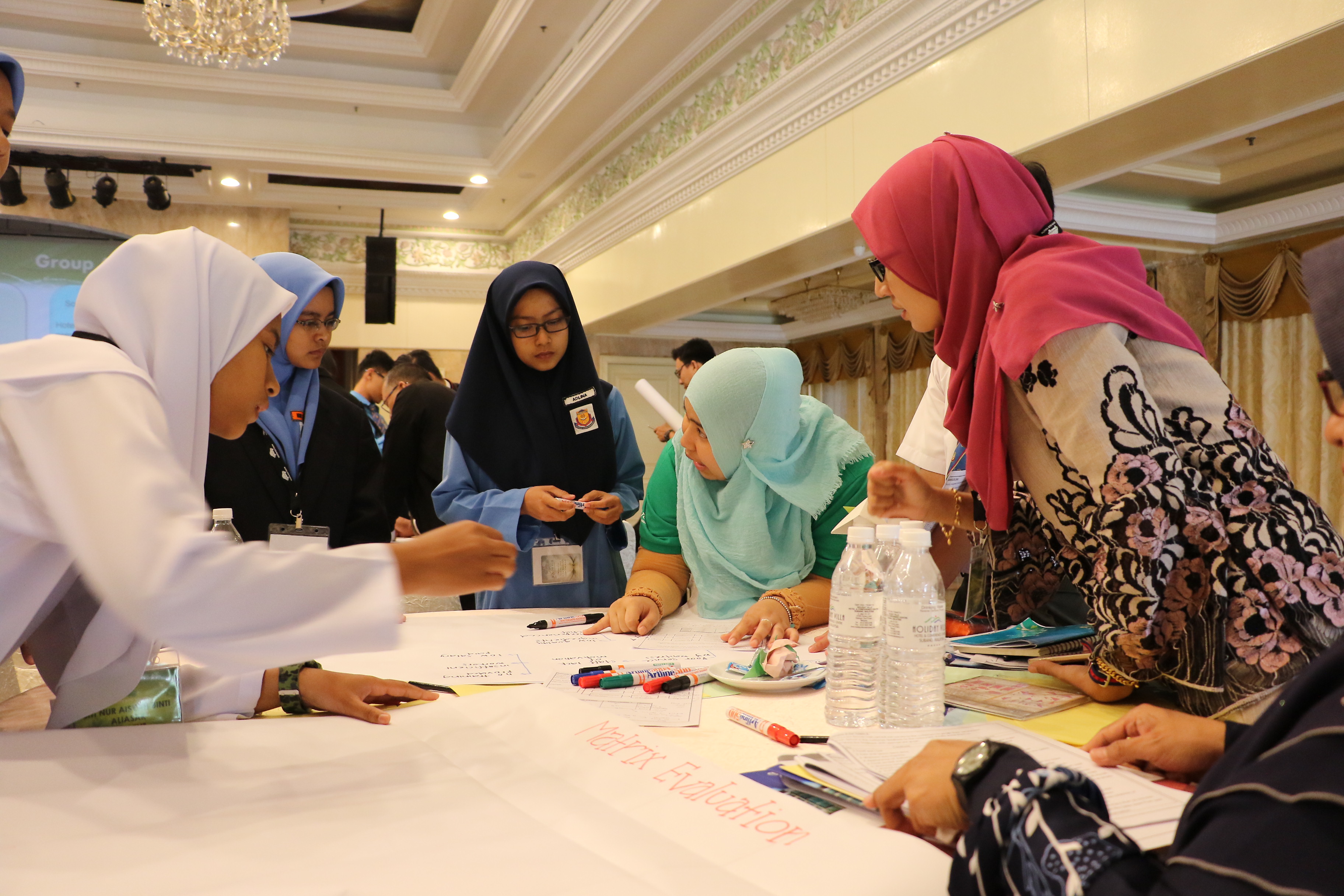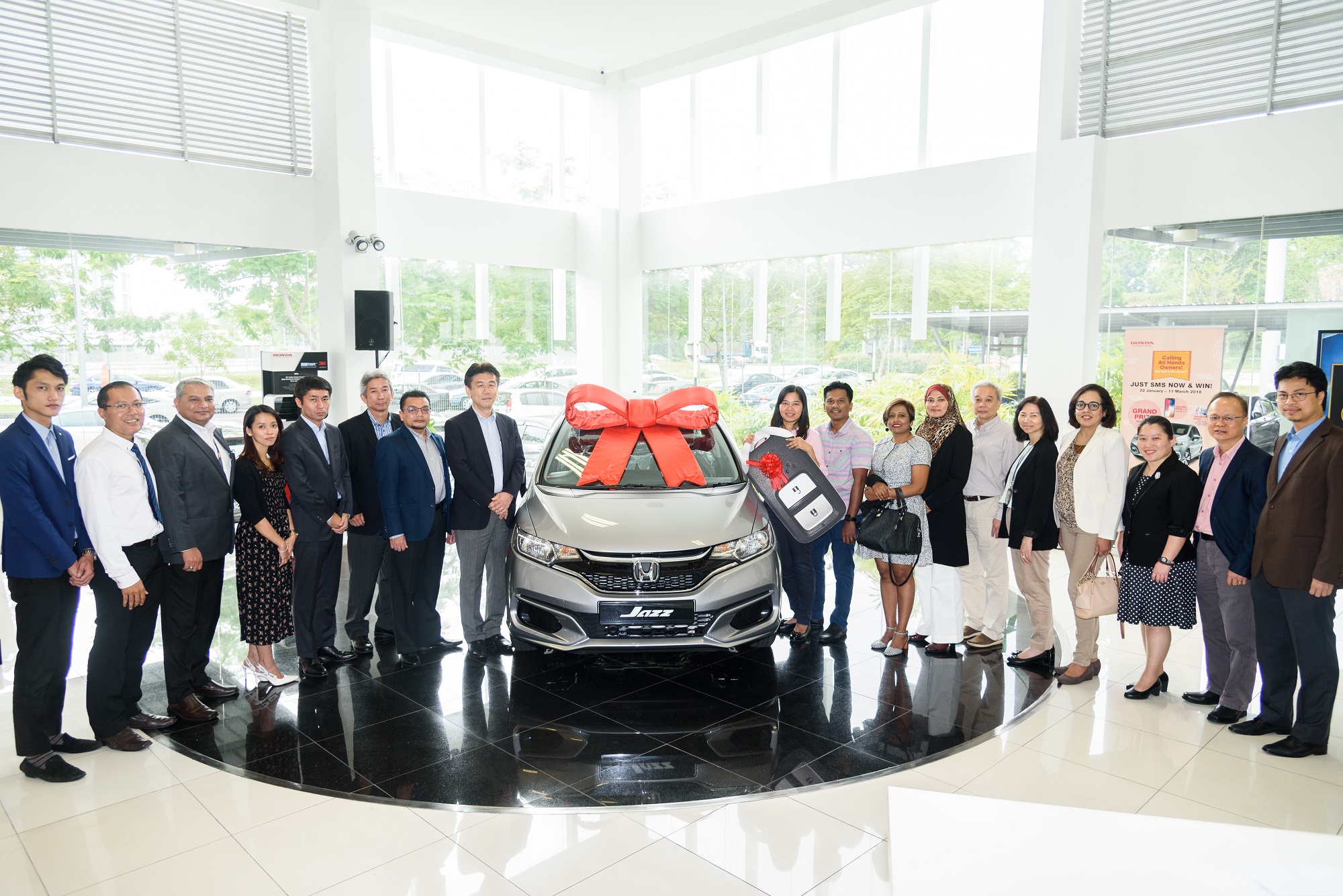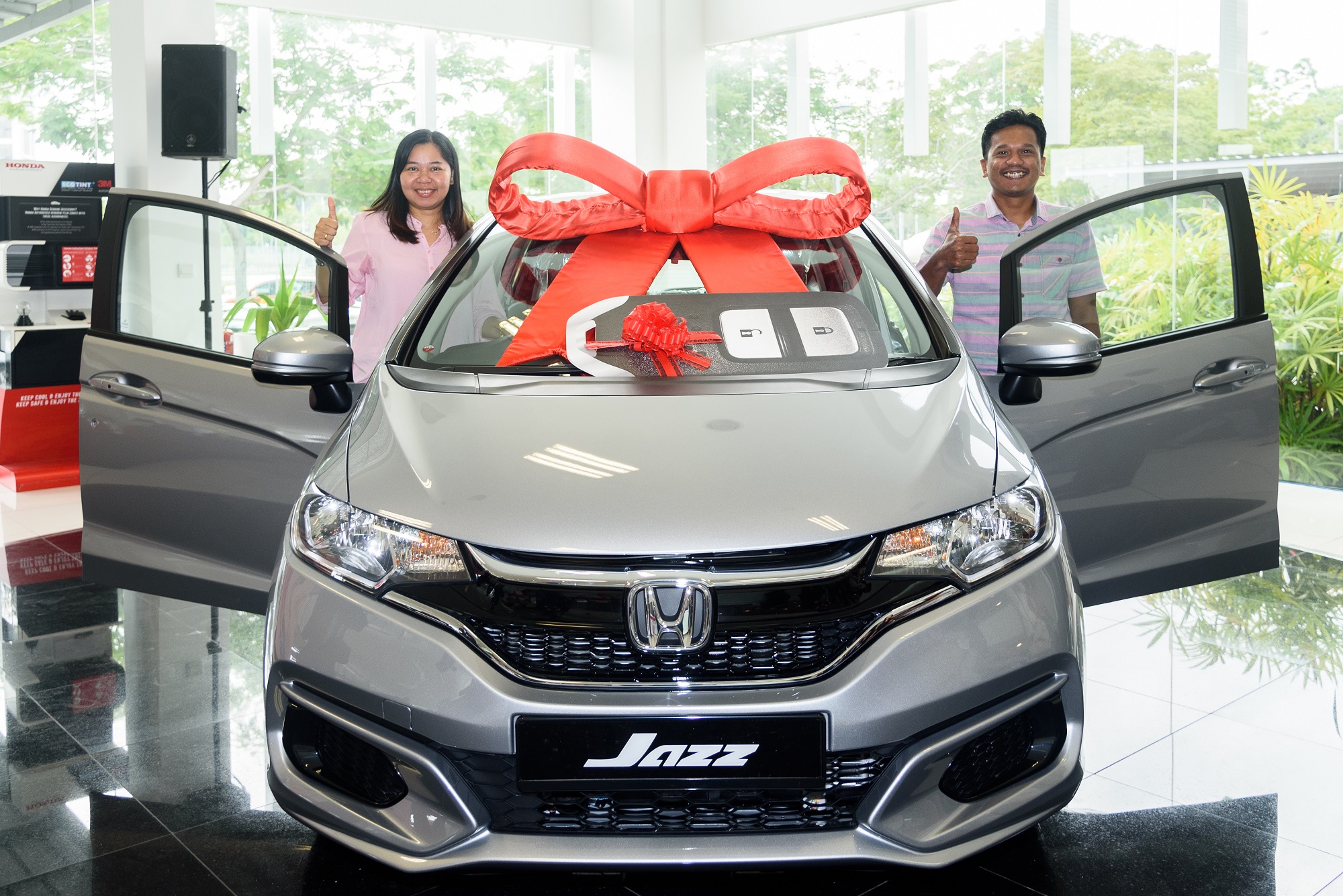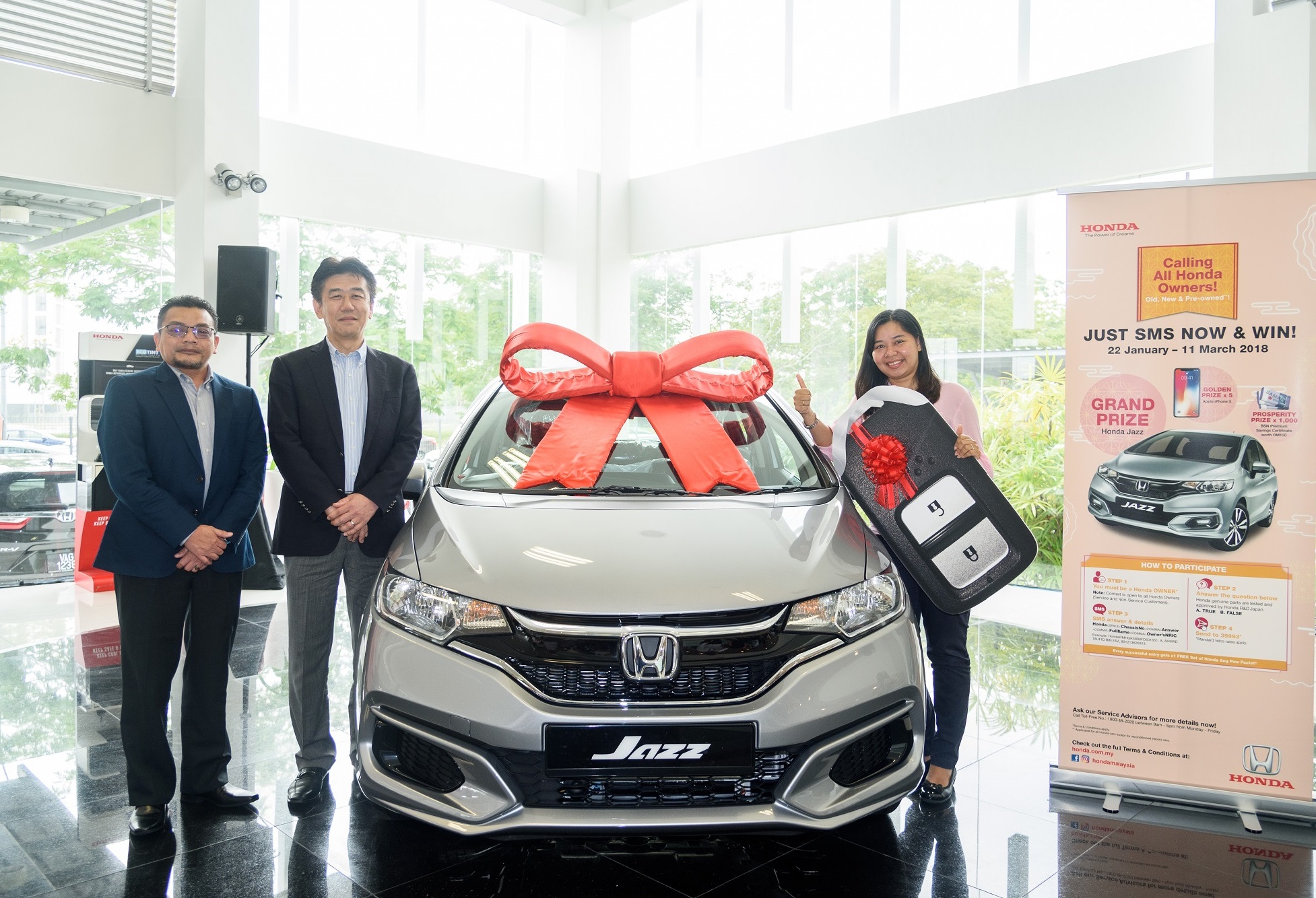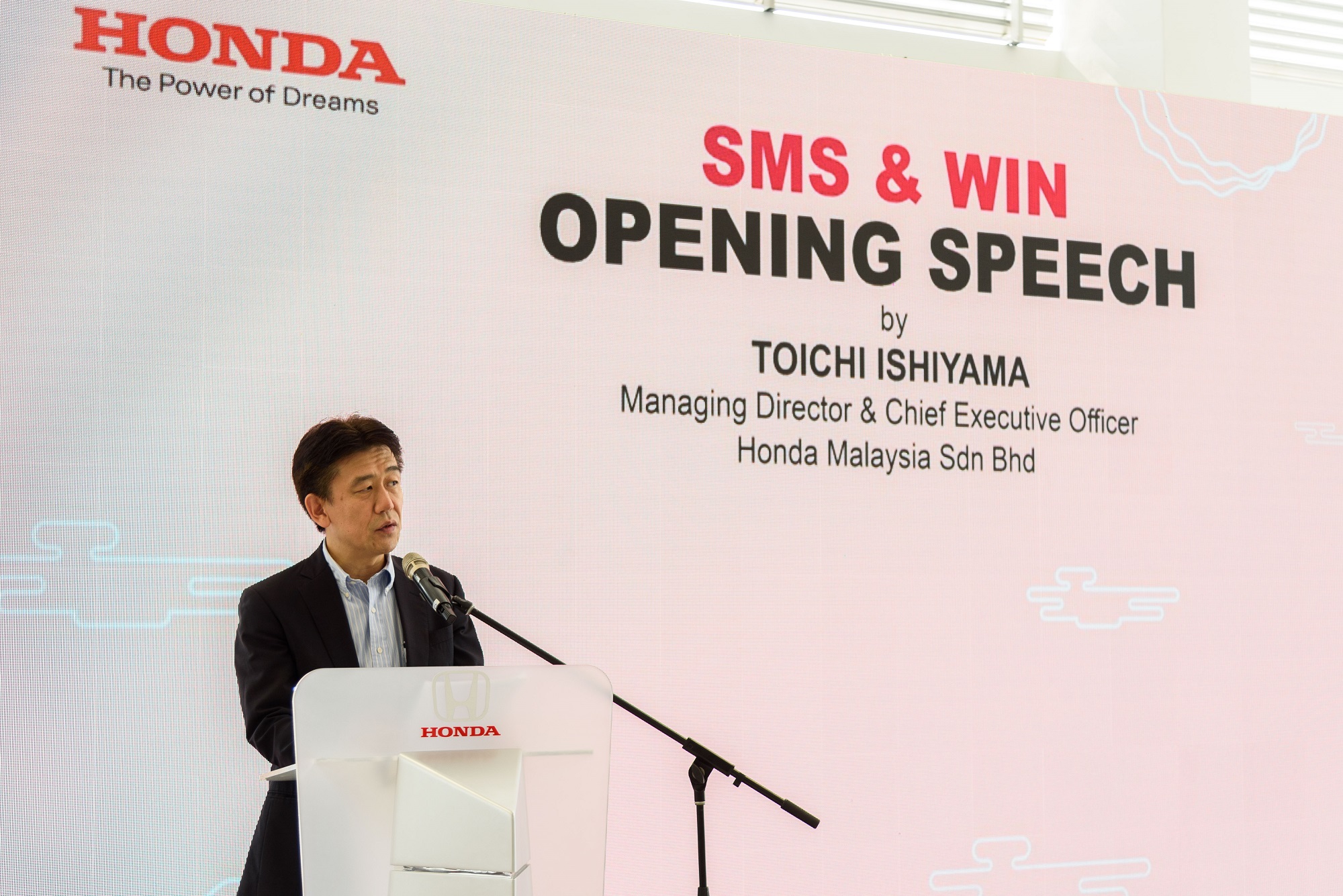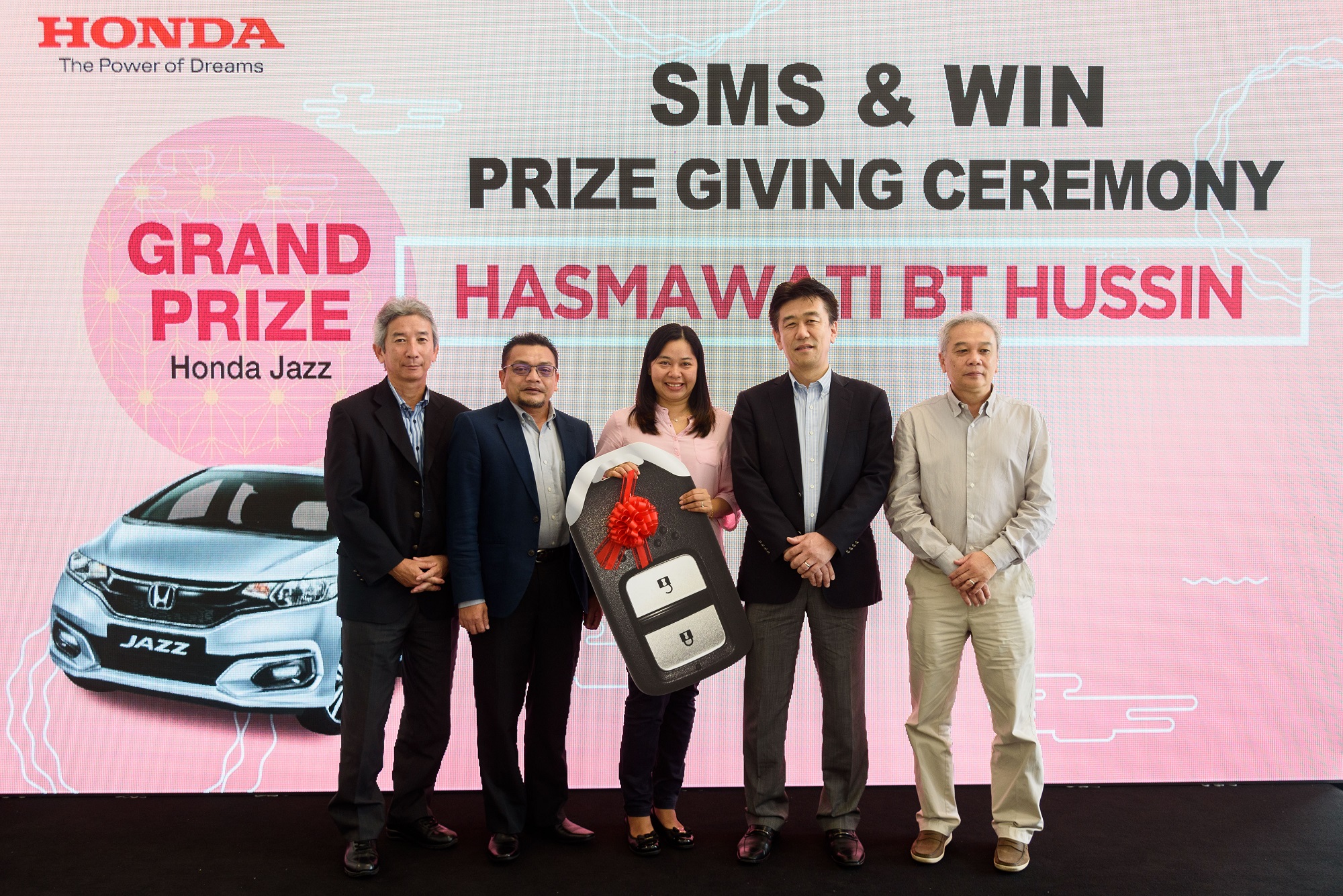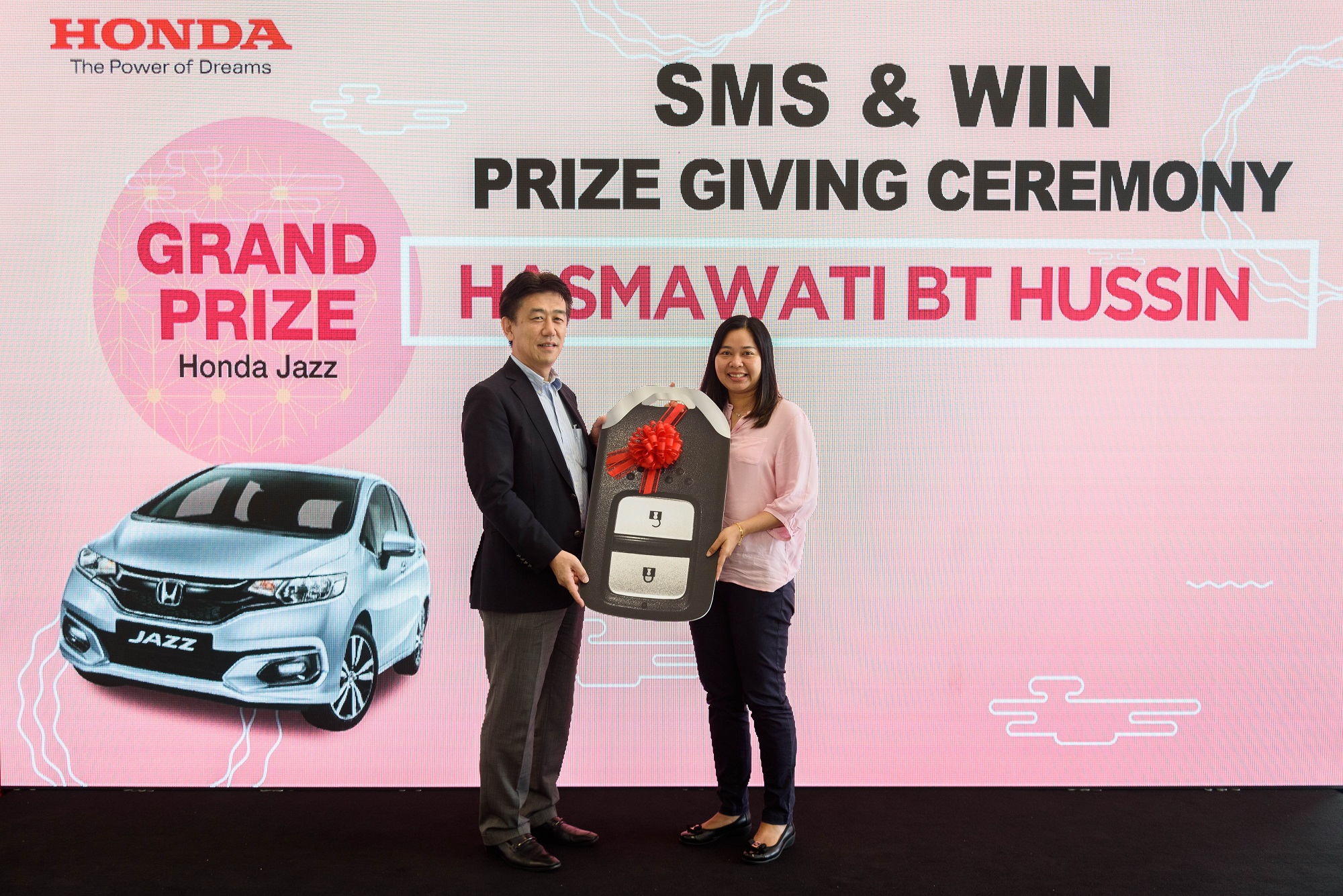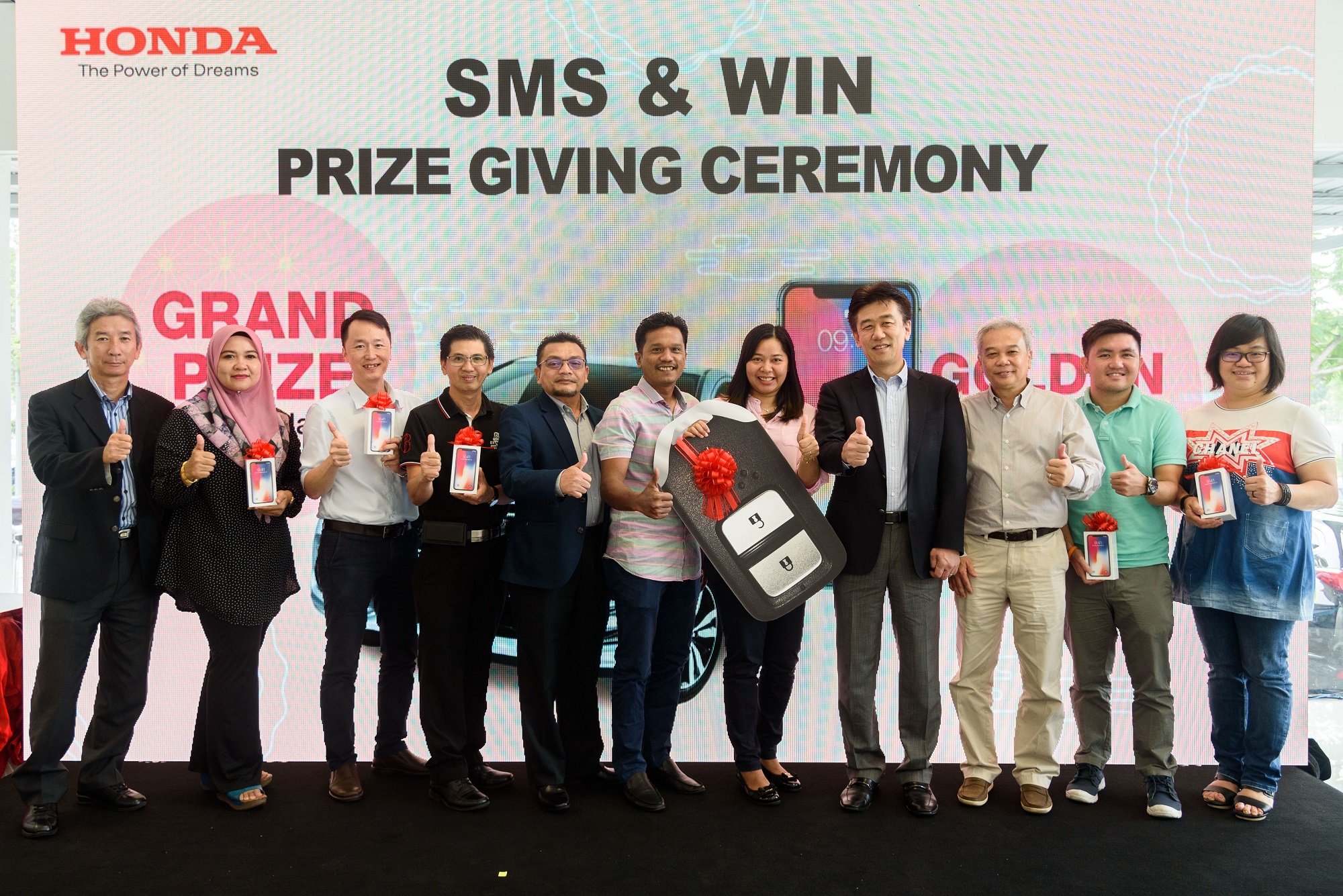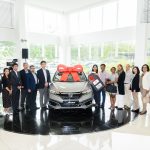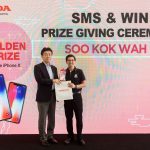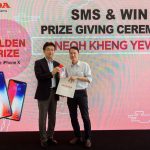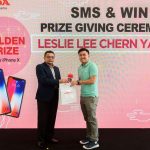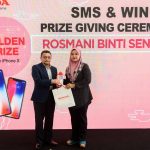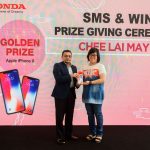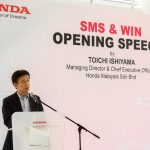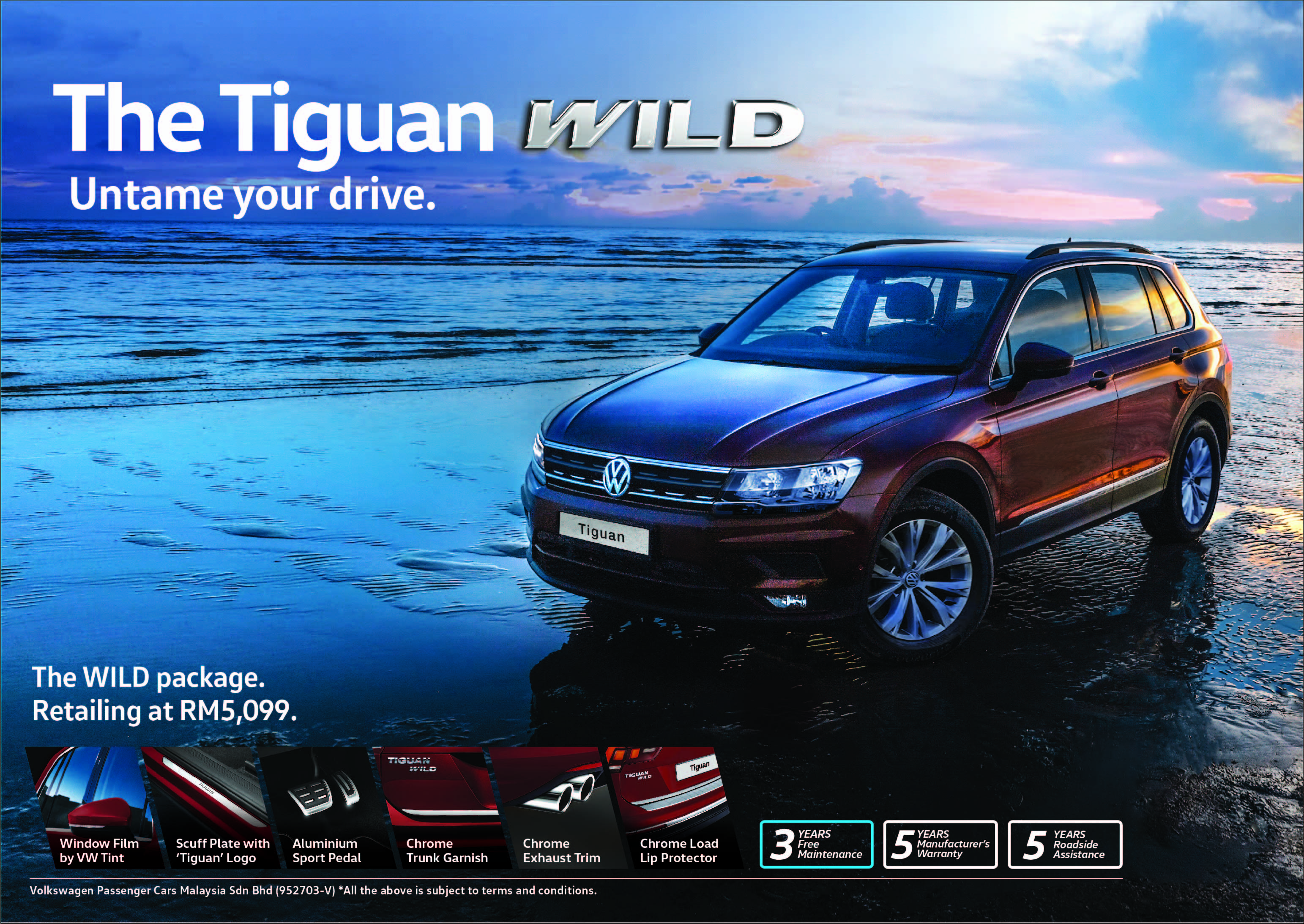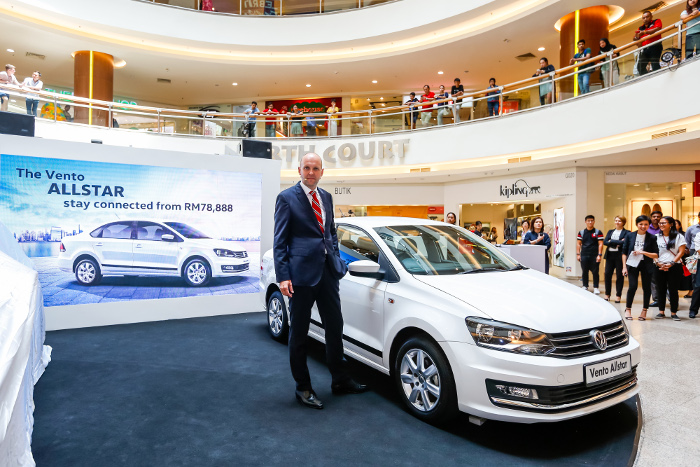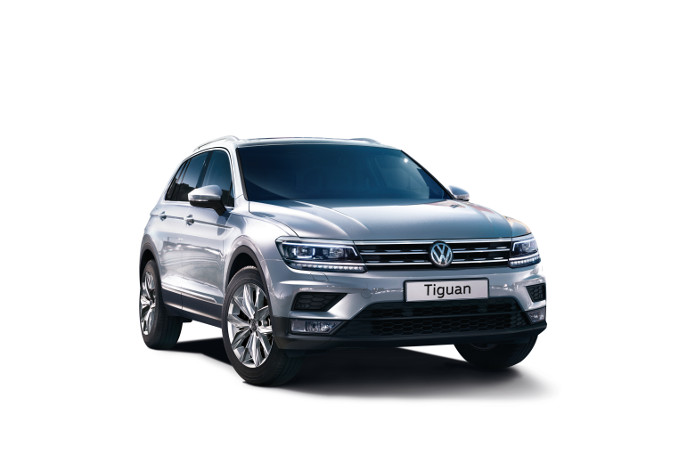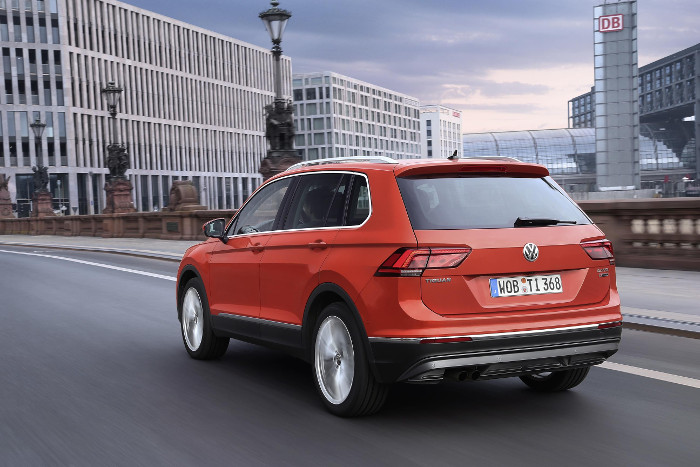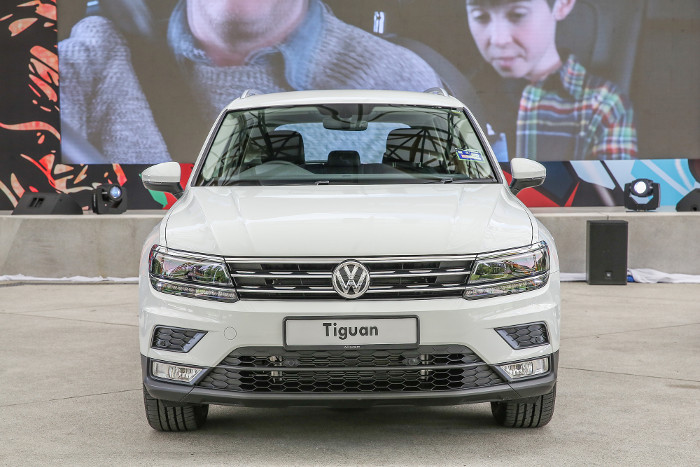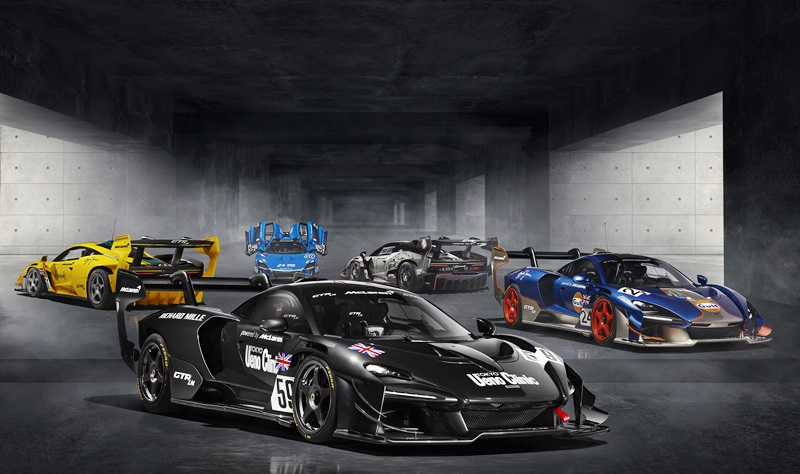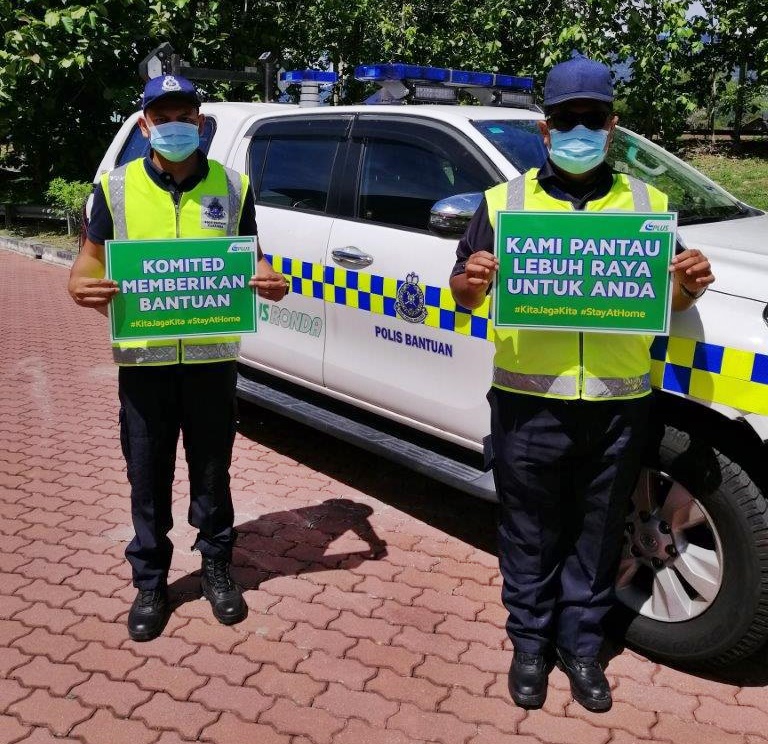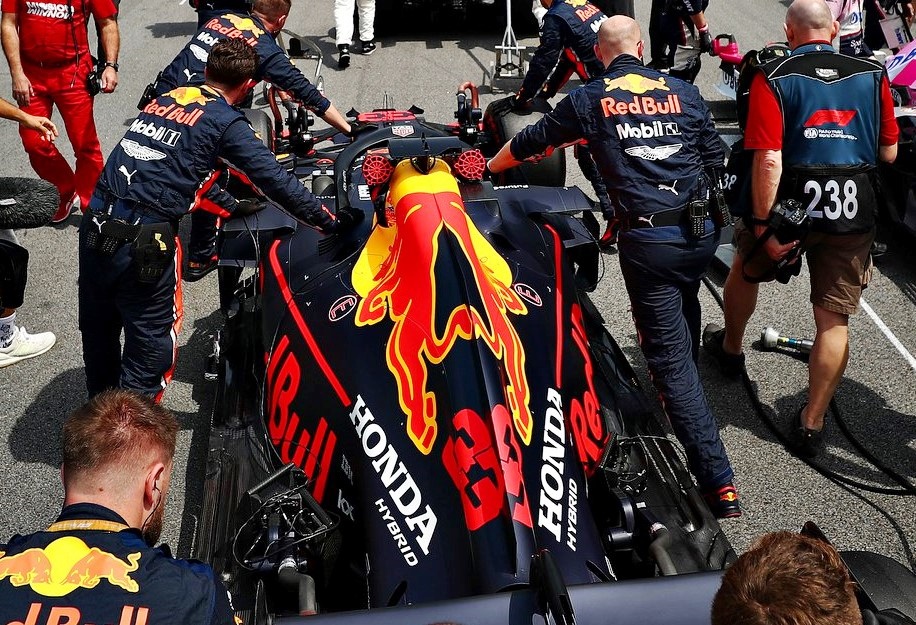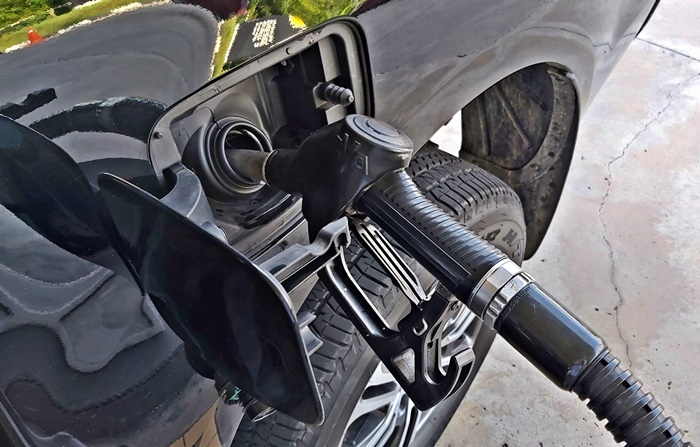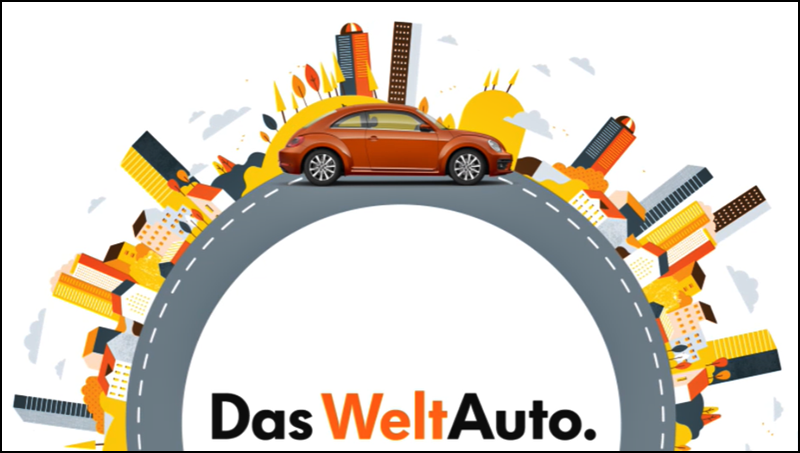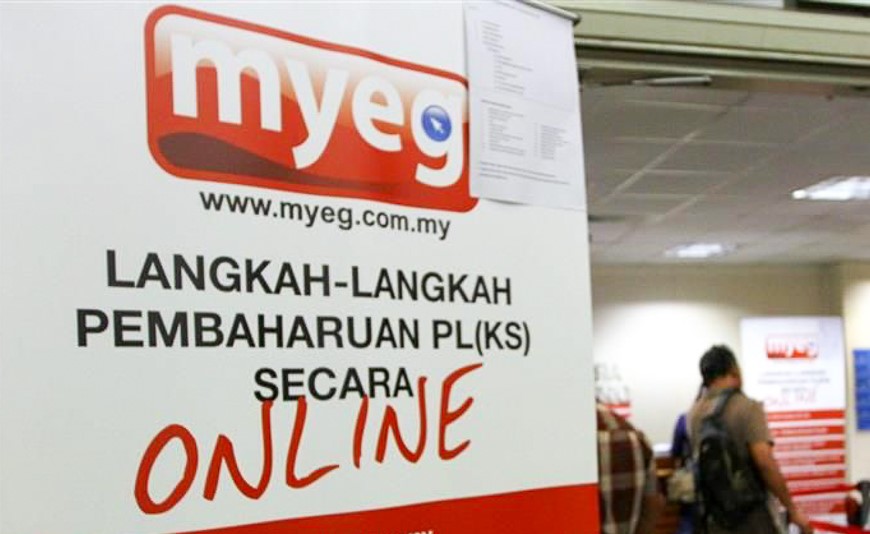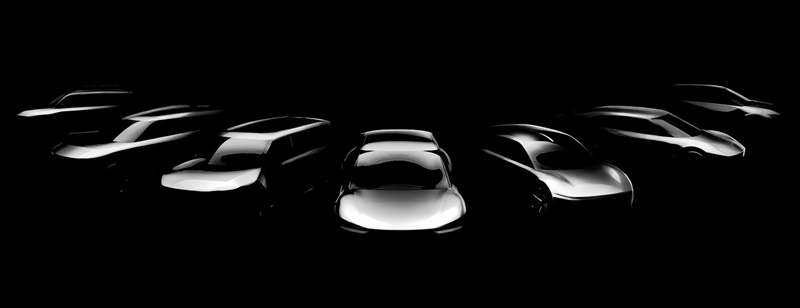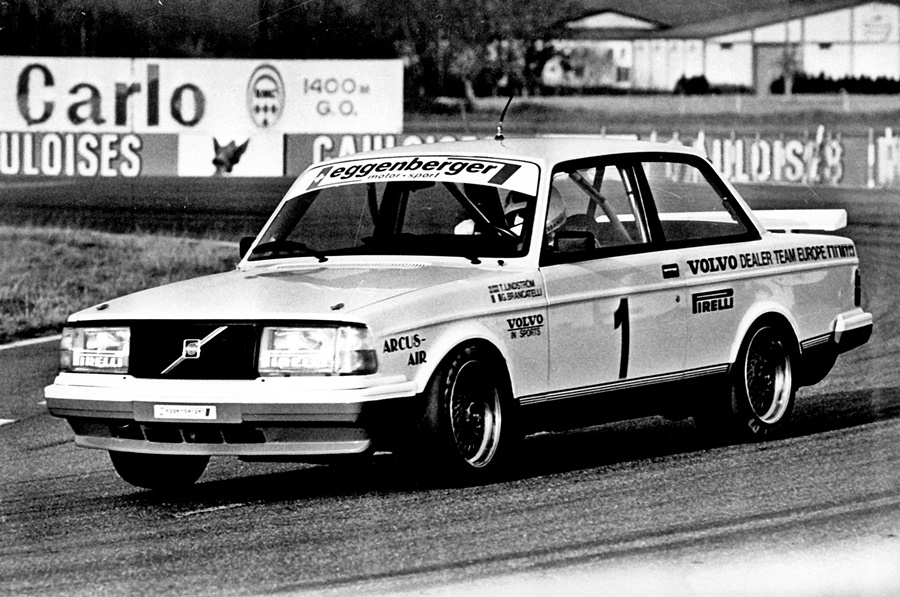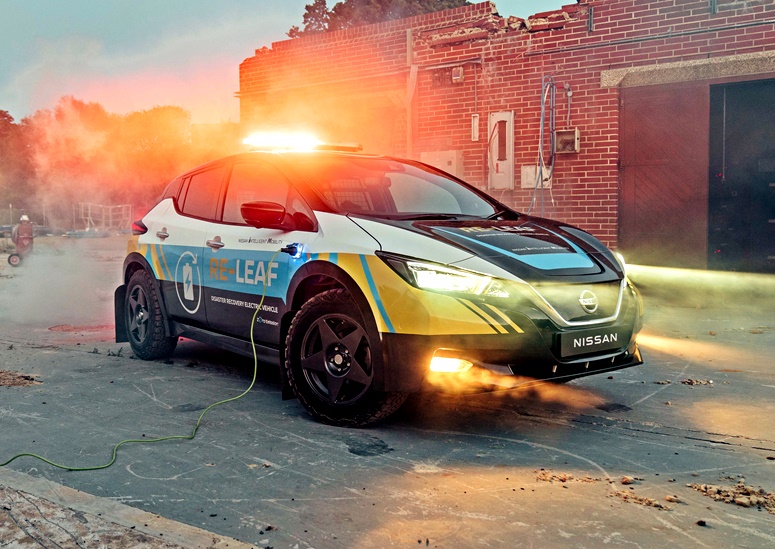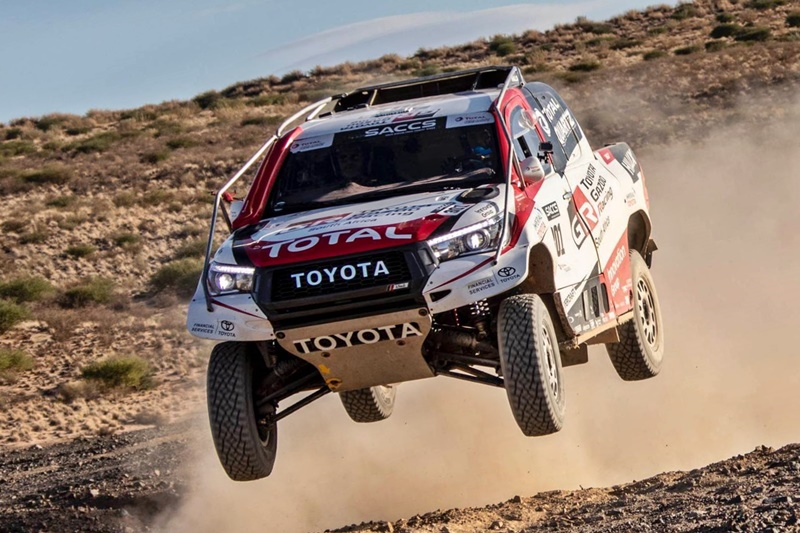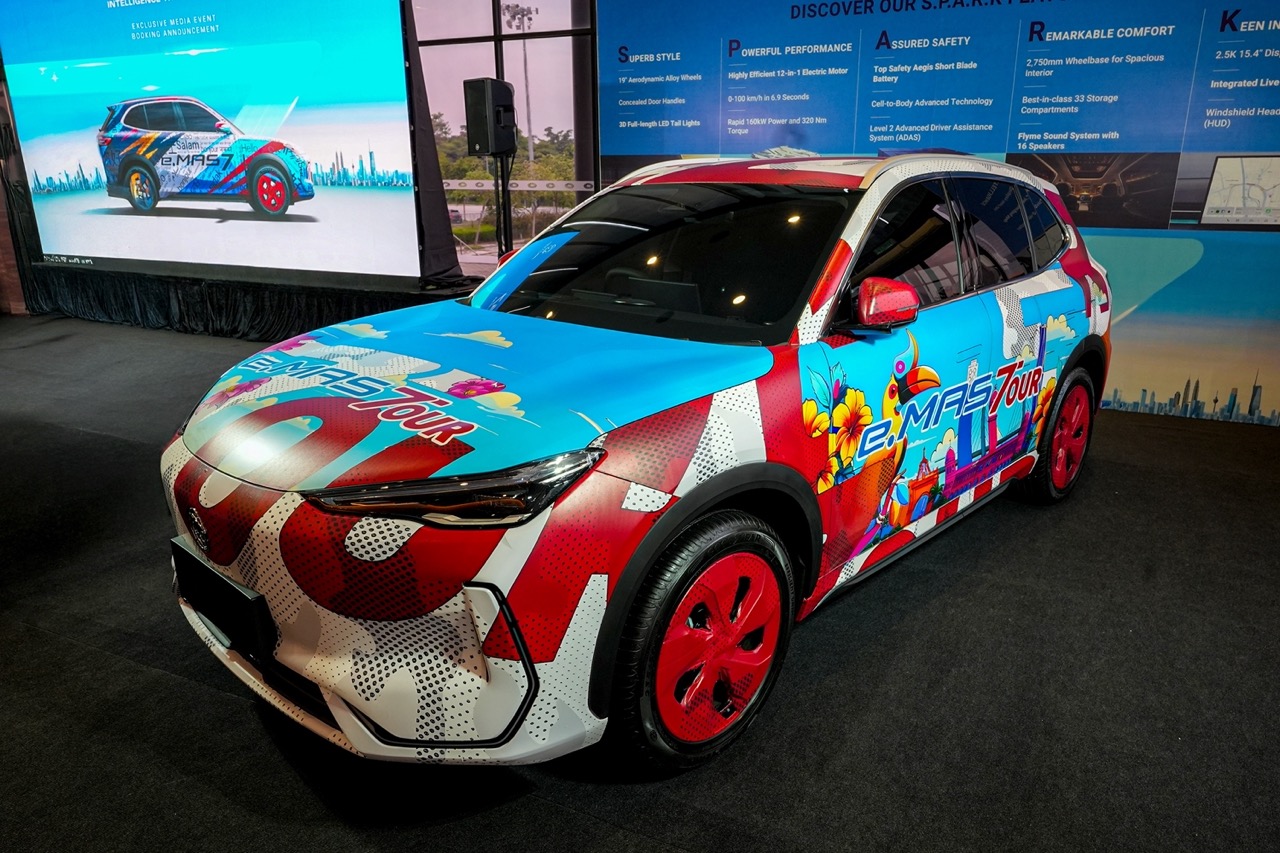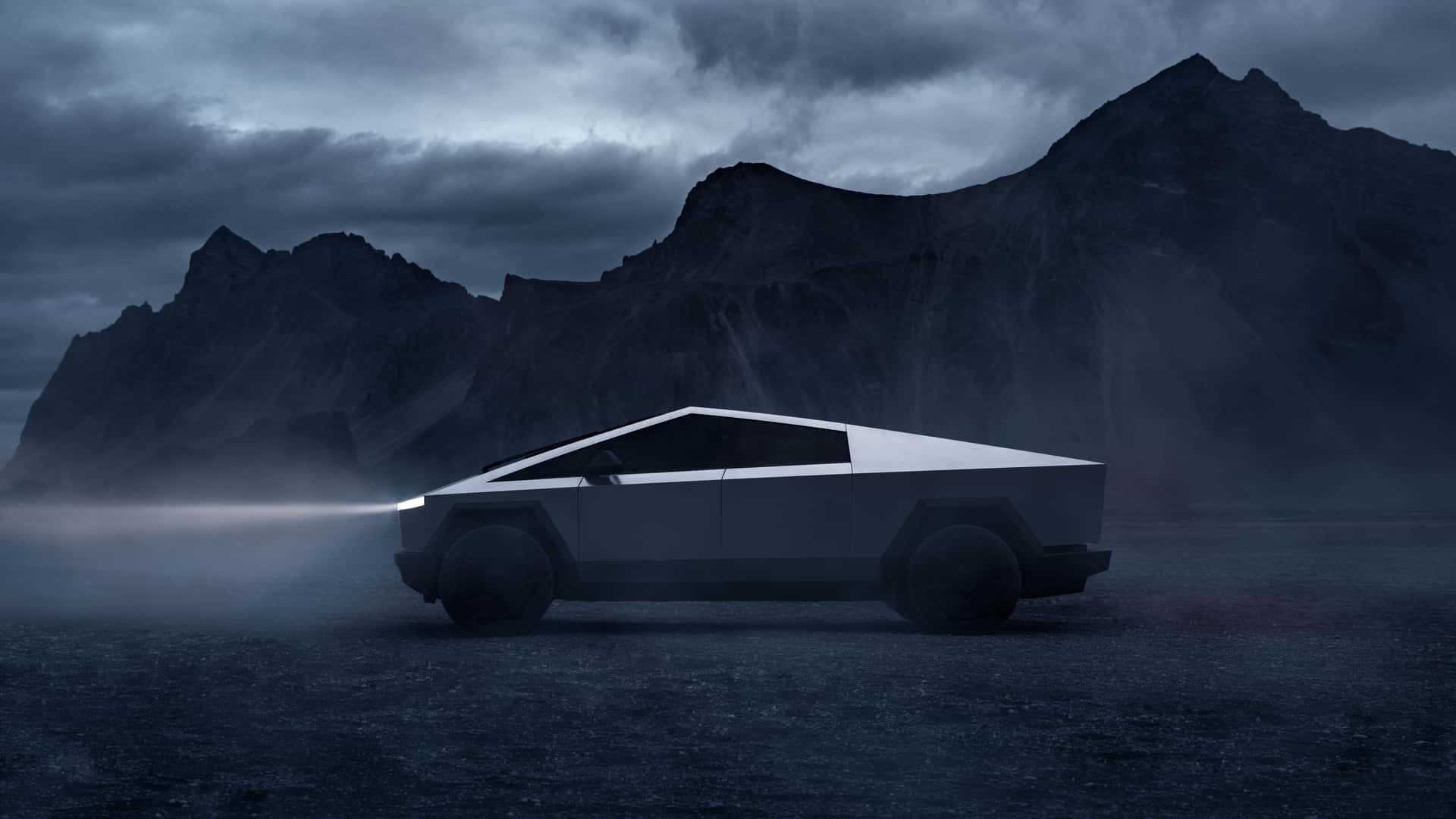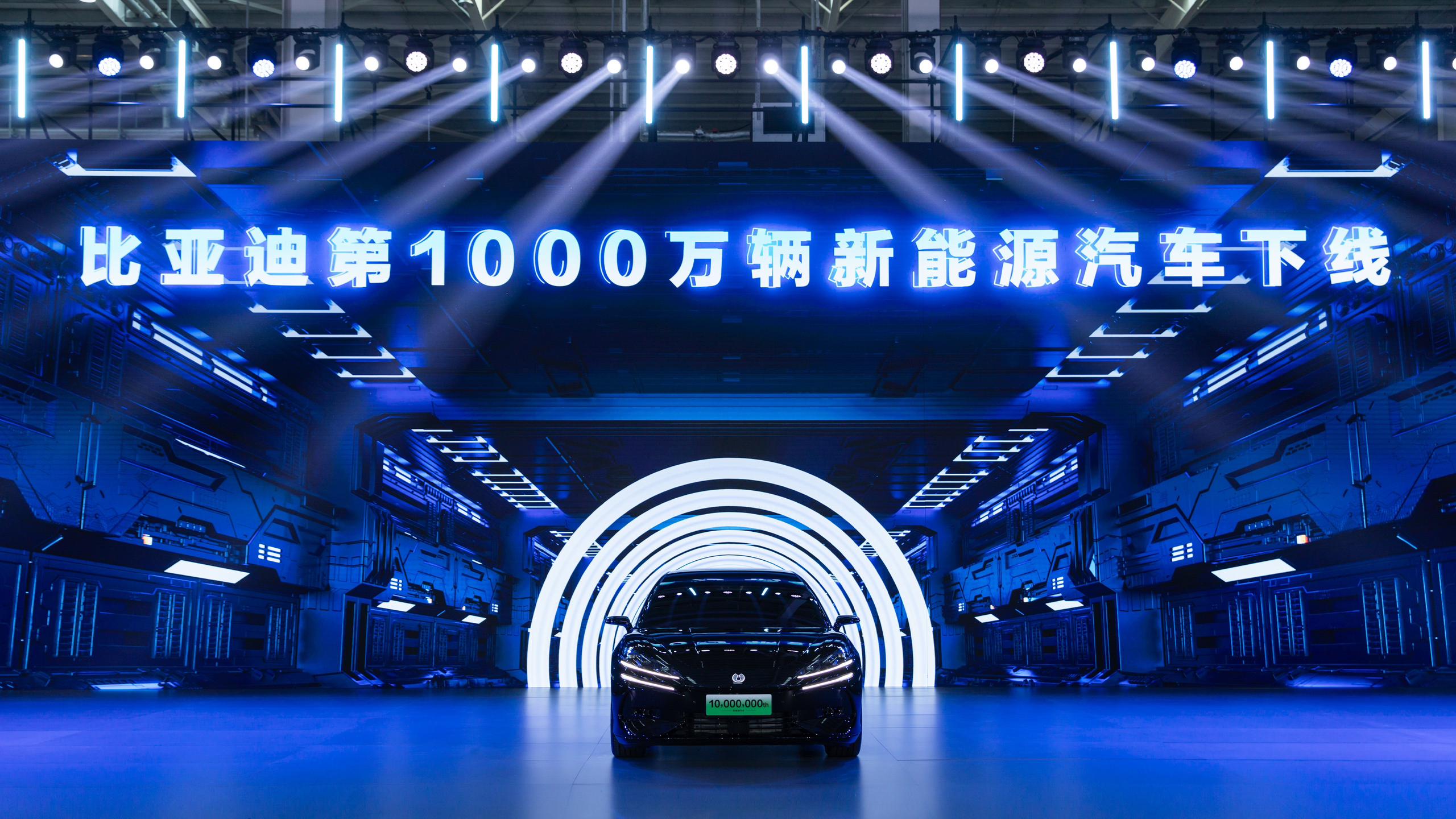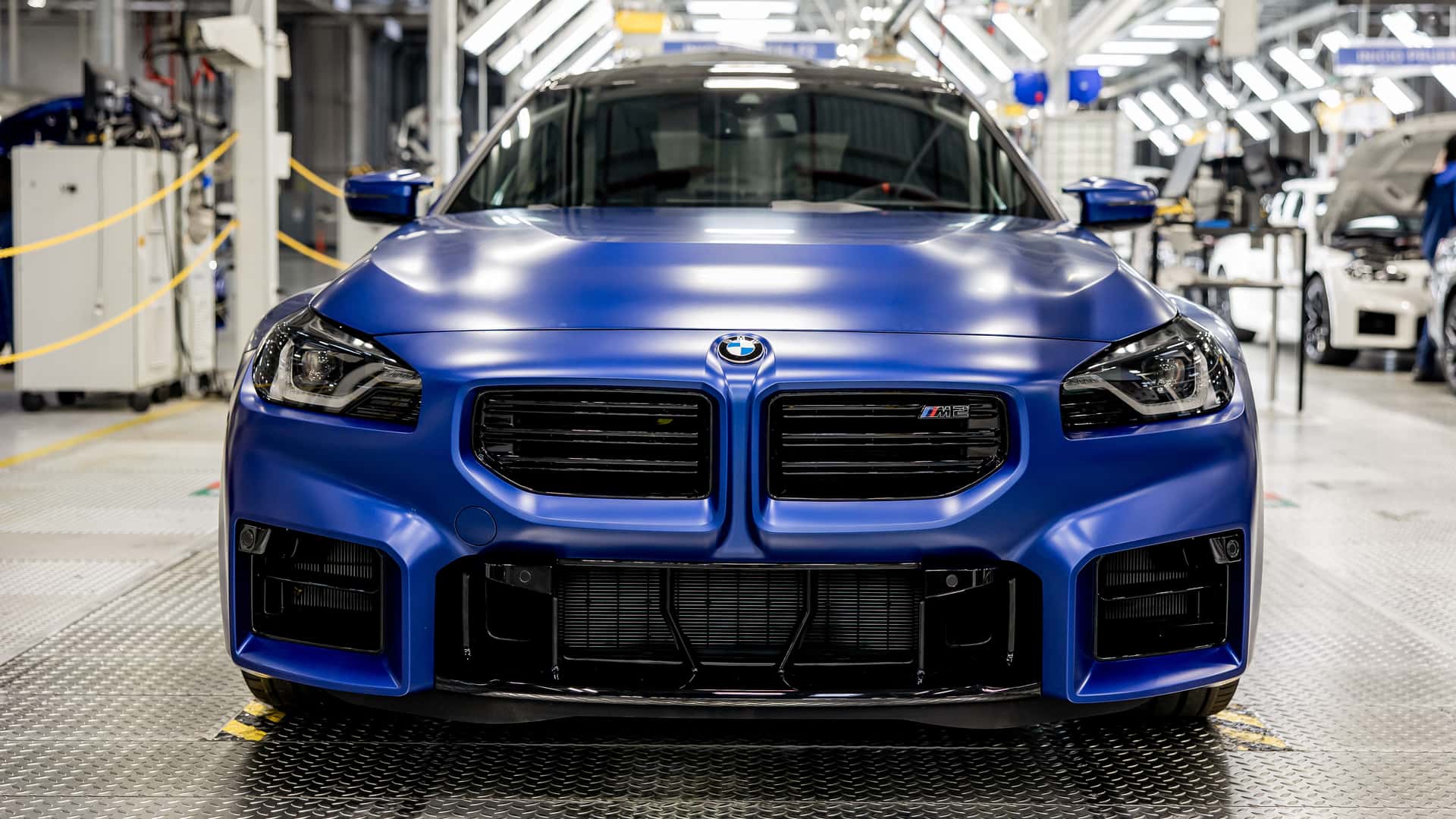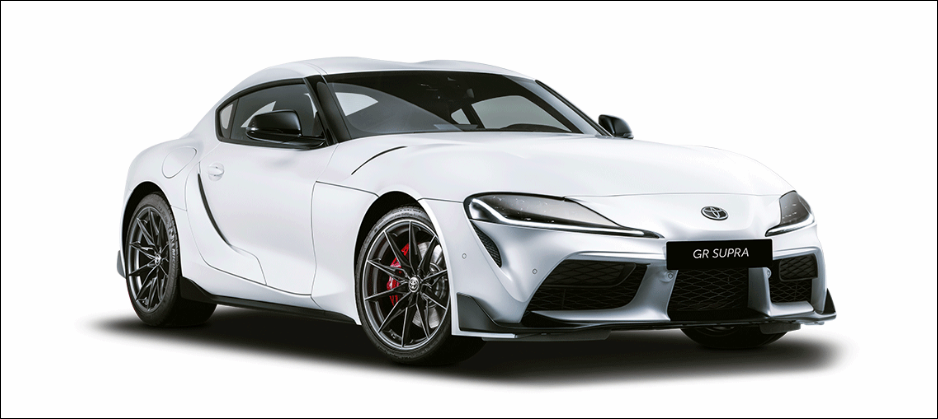The history of the automobile spans more than a century. From the early days of the internal combustion engine, to the pioneering of the car assembly line, the automobile has become such an intricate part of our lives, it’s difficult to imagine life without them. But for the new generation of car owners, besides the internet, how is it possible for them to experience what’s commonly known as the ‘golden age’ of motoring? That’s where car museums come in, and one of the most renowned is the Porsche Museum in Stuttgart-Zuffenhausen, and the quote by Ferdinand Porsche can be considered the very cornerstone – at least in spirit – of the Porsche Museum.
Well, his dream did become a reality, and today one of the world’s most spectacular automobile museums dedicated to the history of one of the most recognizable automotive brands in the world is located directly next to the headquarters of Dr. Ing. h.c. F. Porsche AG in Stuttgart-Zuffenhausen, the Porsche Museum. It boasts 5,600 square metres of exhibition space in a futuristic building created by Viennese architect Delugan Meissl, which is able to accommodate over 80 vehicles – from the first Porsche design in the world, the “Egger-Lohner electric vehicle, C.2 Phaeton model” from 1898, to the latest generation of the Porsche 911.
In the first year after it first opened on January 31, 2009 the Porsche Museum proved wildly popular not just with the locals, but anyone even remotely interested in the Porsche brand. Over 700,000 visitors from all over the world flocked to this museum in the first year of operations alone. By December 2013, the Porsche Museum had seen a staggering two million visitors walk through its doors. Apart from housing some of the greatest models in the history of Porsche, the Museum serves as a meeting point for international customers as well as many others from all over the world who are fascinated by Porsche sports cars, even if they do not drive a Porsche themselves.
While the bold architecture of the building does indeed reflect Porsche’s distinctiveness, confidence and heritage, the exhibition of models keeps the history of the company very much alive, with all the sports cars in the “Museum on Wheels” fully functional and capable of springing into life. In short, yes, every single Porsche in the museum is roadworthy! That makes the museum suitable not just as an exhibition space, but also as a platform for communication – a core component of the regular dialog that Porsche maintains with the general public.
However, unlike other automotive museums, the Porsche Museum is unique in the sense that it does not use a “discovery zone” approach, which loosely translates to “no tour guide”. While one may be assigned if you so wish, at the Porsche Museum, the vehicles actually speak for themselves. A special ‘thematic thread’ is provided by the exhibits themselves, and not by a tour guide telling the visitor what they should think or feel. The museum furthermore embraces an educational mission to fulfill a trendsetting cultural function at the traditional Zuffenhausen location.
Using state-of-the-art museum techniques, the exhibition conveys a wealth of historical and contemporary knowledge about Porsche. Depending on their individual interests, visitors can approach the exhibits and the company’s history from a variety of perspectives. Porsche deliberately avoids marketing-led declarations in its communication with visitors, instead placing the emphasis on its cultural mission to educate. In keeping with its pre-eminent position within the German automotive industry, Porsche uses the museum as a platform for informing national and international visitors about the history and achievements of the German automotive industry. Alongside its thematic direction, the most notable attribute of the exhibition concept is its flexibility, as befits the Porsche brand.
All vehicle exhibits are “mobile” in a very real sense. In other words, the exhibition itself and all the media installations can easily be reconfigured and the exhibits changed, to maintain a high level of variety and appeal. A chronological tour presents the history of motorsport and series vehicles of the company.
As well as the exhibition, the Historical Archive and the glass-fronted workshop for classic vehicles, the museums’ predominantly white interior houses a diverse range of eating and drinking establishments – Coffee Bar, Bistro and restaurant – as well as large-capacity conference areas. The Porsche Museum can also be used as an event venue for conferences, film screenings and concerts, without intruding on the main exhibition.
Unbeknownst to many, the museum at ‘Porscheplatz’ enjoys an auspicious place in German automotive history. This was where the former Porsche engineering office relocated, from Stuttgart city centre to Zuffenhausen Plant 1, in 1938. In that same year this was the birthplace of the model that ultimately evolved into the VW Beetle, followed in 1939 by the Type 64, the fore-runner of all Porsche sports cars that was known as the “Berlin-Rome Car”. Cars sporting the world-famous Porsche crest have been built at Zuffenhausen since 1950.
The exhibition space proper consists of a bold steel structure resting on just three V-shaped pillars and seemingly floating in mid-air. It spans a void of up to 60 metres wide. Inside, the classic vehicles and around 200 small exhibits have been arranged into a meticulously planned exhibition.
The company’s product history guides the visitor through the exhibition. It conveys the “Porsche Idea” through typical attributes such as “Fast”, “Light”, “Clever”, “Powerful”, “Intense” and “Consistent”. This is the basic principle that has always inspired the company in its quest to find pioneering technical solutions to the fundamental challenges encountered in auto motive manufacturing.
The chronological product and motorsport history is augmented by the “Porsche Idea”, which serves as a common theme throughout the exhibition. Mobile audio guides feature seven different language versions. Both child-friendly information for younger visitors and more extensive information for adults can be called up on these handsets. Micro-cinemas provide complementary information for visitors.
The cool thing about Porsche Museum is that visitors access the exhibition space in the upper part of the building via a long escalator, possibly the longest escalator in the world, and their journey through time, tracing the history of Porsche through the museum, begins with Ferdinand Porsche’s first design: The aforementioned “Egger-Lohner electric vehicle, C.2 Phaeton model”. It’s the centrepiece of the permanent exhibition and serves to bridge the gap between the past and present.
Porsche keeps its history very much alive so that its customers can share in it, and as aforementioned, all the car within the museum are ‘working’ models, thus to enable the Museum to maintain and look after classic racing and sports cars fittingly, Porsche has created a dedicated museum workshop, which is probably one of the coolest ‘exhibits’ of all. Here, the museum workshop personnel prepare all classic vehicles for appearances worldwide, regularly service them and perform any necessary repairs. However immaculate the classic cars in the “Museum on Wheels” may look, they need regular care if they are to remain permanently ready for action.
The unique feature of this workshop is that its master craftsmen and mechanics do not work behind closed doors. Visitors can watch them working on the full array of classic Porsches at first hand. On their way into the exhibition, before the elongated escalator, they pass a glass partition in the lobby that affords a perfect view into the museum workshop. Such openness is quite unprecedented even on a world scale, and only to be experienced at the Porsche Museum. If they’re lucky, they’ll be able to hear one of these classics fire up.
The workshop team comprises one master craftsman, two mechanics, a leather-worker and a customer adviser. They all possess a wealth of experience in Porsche vehicles of all model years, both production and motor sport models. After all, they are ultimately responsible for correctly adjusting the sensitive high-performance engines of classic racing cars such as the twelve-cylinder turbo engine of a 917 in the manner that they require. There are two vehicle hoists, lathes and cutting machines at their disposal.
That equips them to handle virtually every service, repair or restoration task. They can even make replicas of simple mechanical components if necessary. Minor body repairs are also part of their task area. The workshop team can call upon the entire Porsche infrastructure for any tasks they are unable to complete on site, and the best part is, visitors get to see them do it daily.
Apart from the actual cars on display, the Porsche Museum serves to bring together all the amassed historical and contemporary knowledge about Porsche at a central location. The Historical Archive of Dr. Ing. h.c. F. Porsche AG was thus likewise relocated to the museum and is now housed directly above the museum workshop. As the Group’s “historical memory”, the Porsche archive collects all important information concerning business, technical, social or cultural matters relating to Porsche AG and its subsidiary companies. The archived items include anything worth saving about the unparalleled.
Porsche success story, from the beginnings of Ferdinand Porsche as an automobile designer, to the engineering office established in 1931 all the way to today’s Porsche AG. The files of the Porsche Archive currently cover a colossal 2,000 metres of shelf space, including bookshelves, display cases, steel cabinets, and safes.
The Historical Archive with its accumulated knowledge is available not only to internal departments but also to external users. By prior arrangement, specialists such as journalists, scientists and owners of classic Porsche cars can conduct research in the archive library, which has a reading room affording a view of the museum lobby.
As one of the most extensive image archives in the automotive industry, the Historical Archive contains over five million images, a media archive with over 1,700 hours of motion picture materials and a library with more than 3,000 books on automotive subjects. It also houses an extensive collection of written documents on the history of the company itself, as well as its products and motor racing record. These archived media are stored in around 3,500 red special containers.
Visitors to the museum can obtain a view of the user zone with library through a glass partition. Those suitably inspired by this sight will find various books about Porsche in the museum shop, carefully selected from the huge range of works already written about Porsche. Speaking of the Museum Shop, it is strategically located as the ‘final stop’ of the visit to the Porsche Museum, and fittingly, it offers a multitude of items for sale from original Porsche memorabilia, to model cars, souvenirs and even Porsche themed snacks. Actually, over a thousand different products, including books, calendars, DVDs, and t-shirts, are available from the shop. It’s a must-visit.
However, if snacks aren’t going to cut it after an arduous day of walking through the museum, the “Christophorus” restaurant on the second floor is on the same level as the exhibition and is therefore accessible both through the museum and through a separate entrance. It thus remains open beyond the regular opening hours of the museum itself. The mission of top chef Thomas Heilemann and his team is to serve meals of the highest standards of culinary excellence, enabling the gourmet to enjoy Mediterranean and regional delicacies as well as the most exquisite wines
After visiting the restaurant, guests can then wind down in the adjacent Cigar Lounge. Looking through the extensive glass façade, restaurant guests enjoy a panoramic view of Porsche platz and the production building where Porsche sports cars and engines are built. Through another glass wall separating the restaurant from the exhibition, guests also have the opportunity to admire the classic cars on display in the museum itself. This interplay of past and future highlights the company’s commitment to its roots – the view from the dining room thus has a symbolic character.
All in all, do not expect to simply breeze through the Porsche Museum. A few hours are most definitely not enough to fully appreciate all that this incredible place has to offer. One does not even have to be a die-hard fan of the marque to enjoy a day at the Porsche Museum, as it really does have something for everyone. It’s a brilliant testament to the history of Porsche thought, and it really is a walk through time, experiencing the history of the automobile from the viewpoint of one of the greatest carmakers on earth.
Porsche Museum Photo Gallery (Chronology of events after the gallery)
Chronology of Events – The Porsche Museum timeline.
Build time: 4 years and 6 months / 234 week / 1642 days: An overview of the key milestones from the first official decision up to the opening of the Porsche museum:
– July 30, 2004: The Board of Management of Dr. Ing. h.c. F. Porsche AG announces the decision to build the new Porsche Museum on Porscheplatz in Zuffenhausen.
– October 2004: Ten leading firms of architects from Germany, Austria and Switzerland are shortlisted for the project. In all, 170 European architects firms had submitted bids for the project.
– January 31, 2005: The jury led by architect Professor Fritz Auer (Stuttgart/Munich) chooses the design submitted by Viennese architects firm Delugan Meissl as the competition winner.
– February 4, 2005: Delugan Meissl’s Viennese firm of architects is commissioned to build the museum.
– October 17, 2005: The museum construction project is officially kicked-off with the installation of an unconventional site sign.
– September 21, 2006: The museum begins to take shape. Work on the first floor and the three supporting V-shaped pillars that are to support the dynamically shaped exhibition space makes swift progress. Some 21,000 cubic metres of concrete and 4,000 tons of reinforced steel have already been installed.
– February 2007: The shell is completed, bringing an important phase of construction to an end. The underground garage, ground floor, first floor and core elements (reinforced concrete supports) are now ready.
– November 13, 2007: The steel structure that defines the shape of the 5,600 square metre exhibition space is lowered into place onto three reinforced V-shaped pillars. Straight after it has been lowered, work on the exhibition space proper begins. This includes installing the reinforced concrete ceilings and the large ramps and stairways.
– January 2008: Exterior work on the museum façade begins. The rhombus-shaped exterior is mounted.
– October 2008: Showcases and small exhibits are set up on the exhibition level.
– November 3, 2008: The first twelve vehicle exhibits are brought into place on the museum’s second floor. The first exhibits include a 356 Cabriolet, an original 911 and the first prototype of the 924.
– November 5, 2008: The Porsche Museum logo is mounted on the glass façade.
– December 8, 2008: The museum is officially handed over to the client.
– January 28, 2009: The museum is officially opened.
– January 31, 2009: The museum opens its doors to visitors.
– December 18, 2009: The museum records its 500,000th visitor just eleven months after opening.
– January 31, 2010: The museum celebrates its first birthday.
– June 3, 2011: The Museum attracts 1 million visitors from all over the world.
December 6, 2013 The Museum welcomes two million visitors through its doors.
Total costs: Around EUR 100 million
Dimensions of museum building: Length 140 metres, width 70 metres
Total area of structure: 25,800 square metres
Weight of museum building: Around 35,000 tonnes
Concrete: Around 21,000 cubic metres
Steel: Around 6,000 tonnes
Excavated volume (earth): Around 66,000 cubic metres
For more information log on to: www.porsche.com/museum



